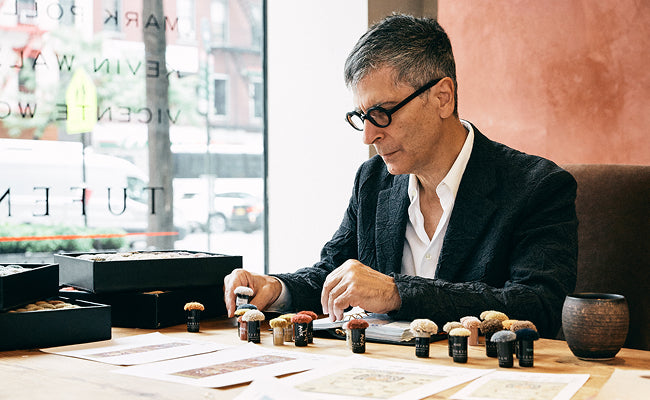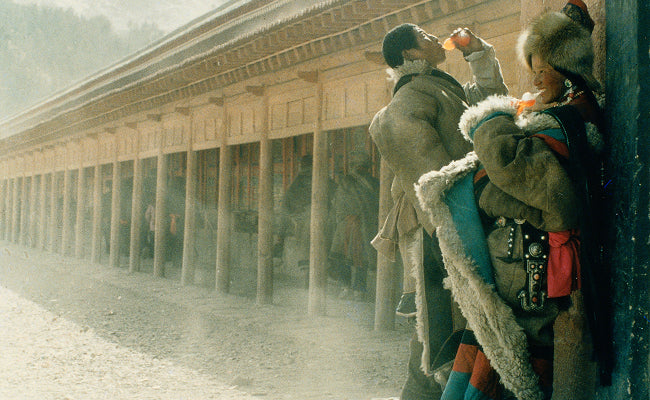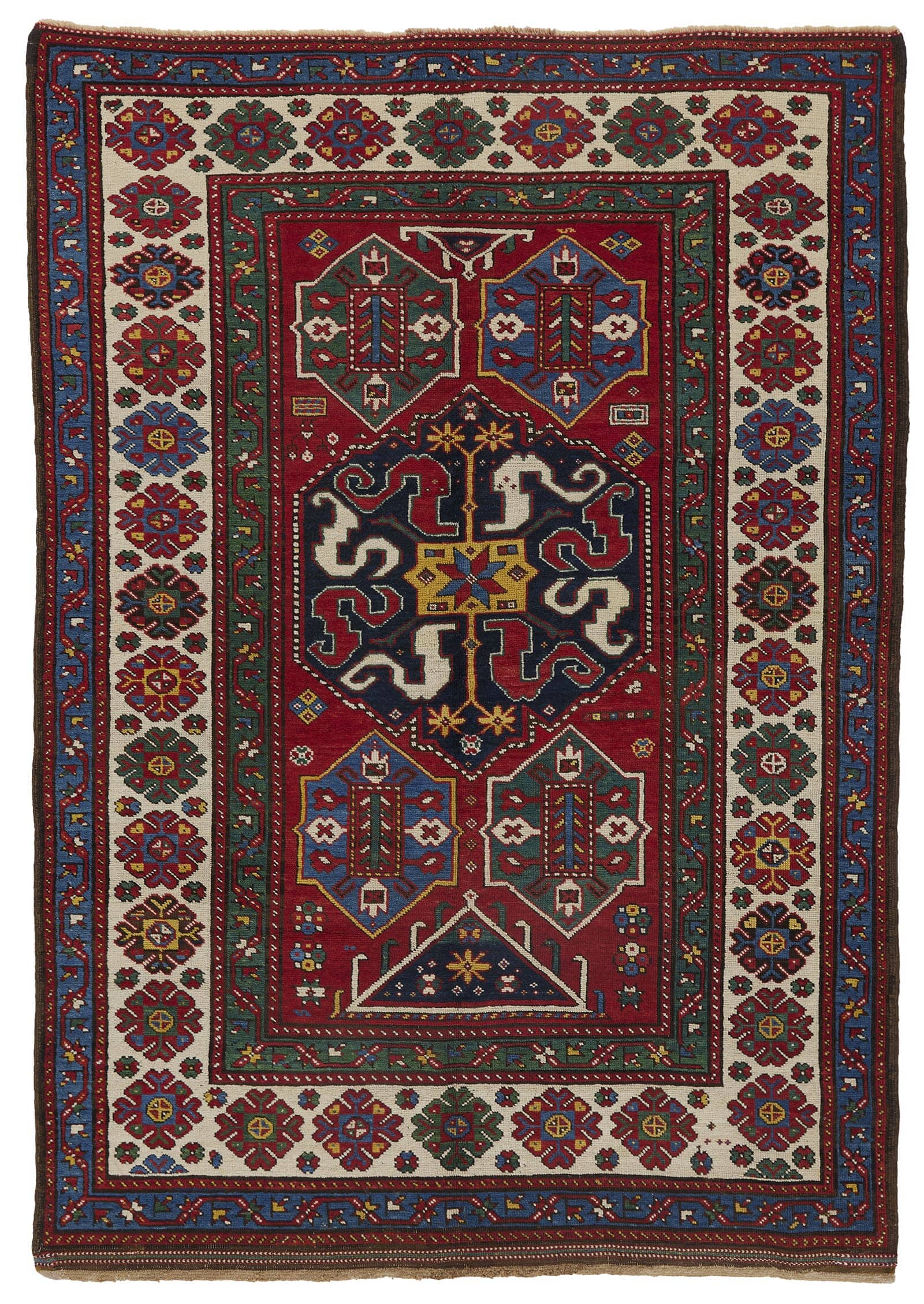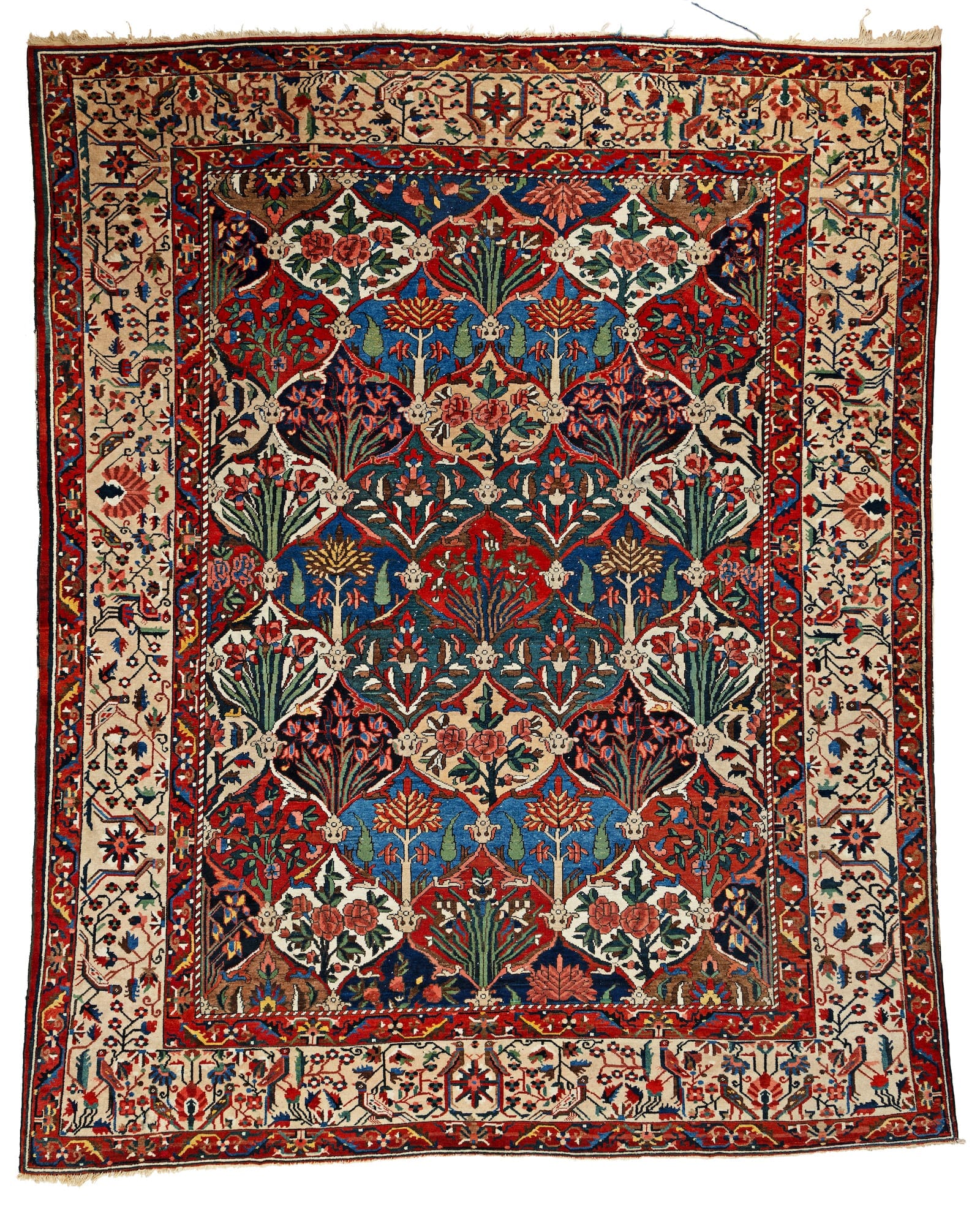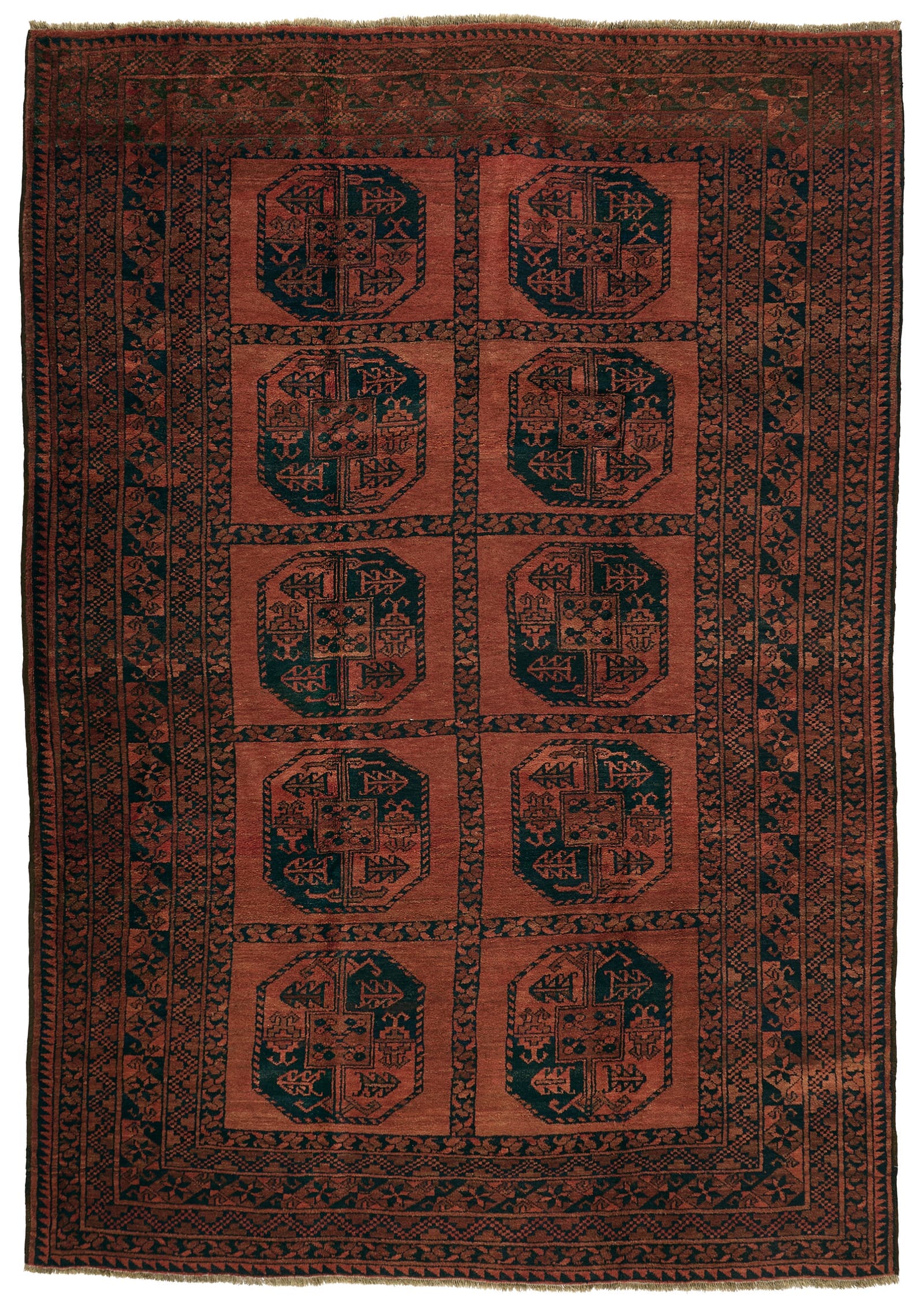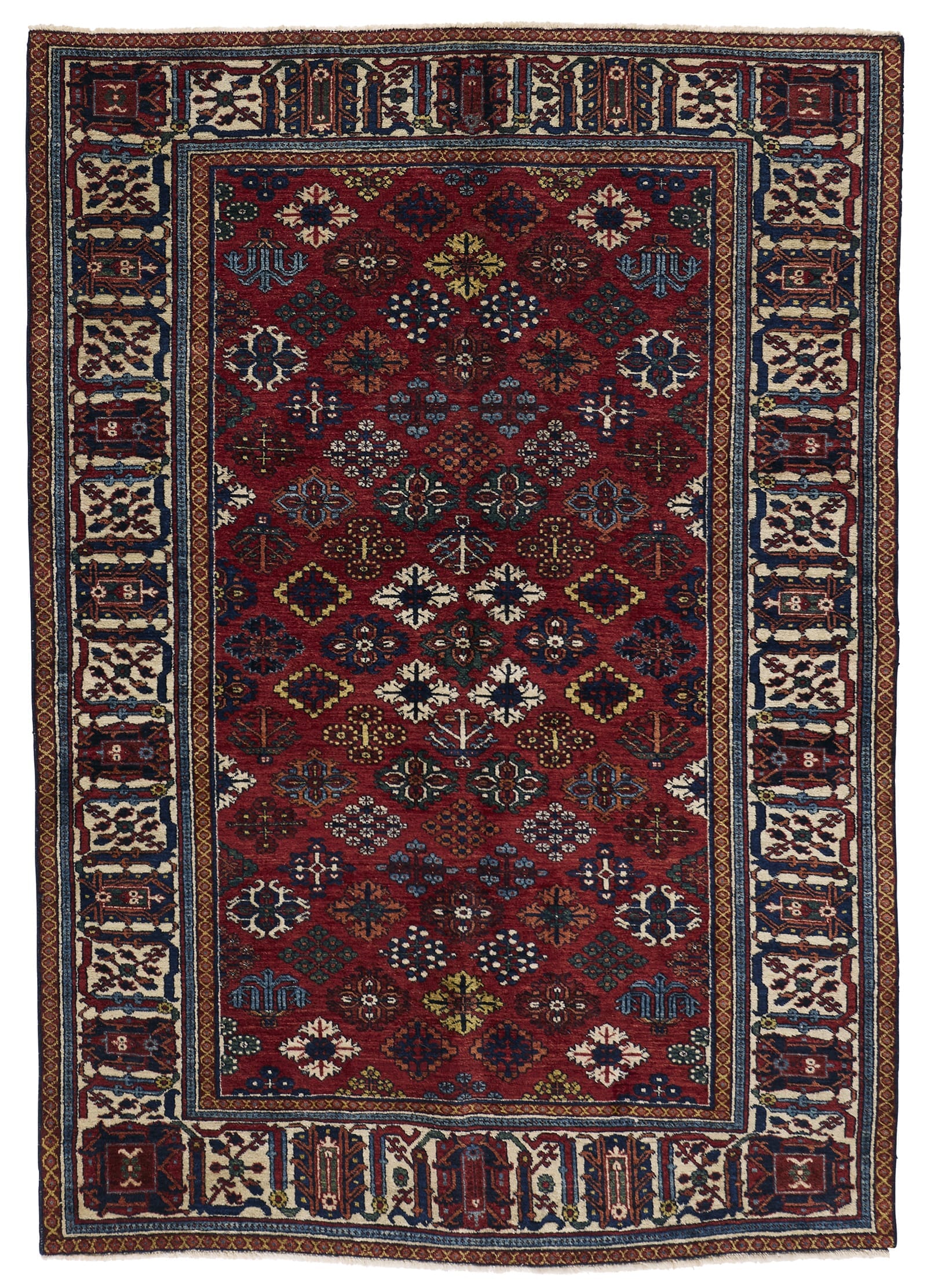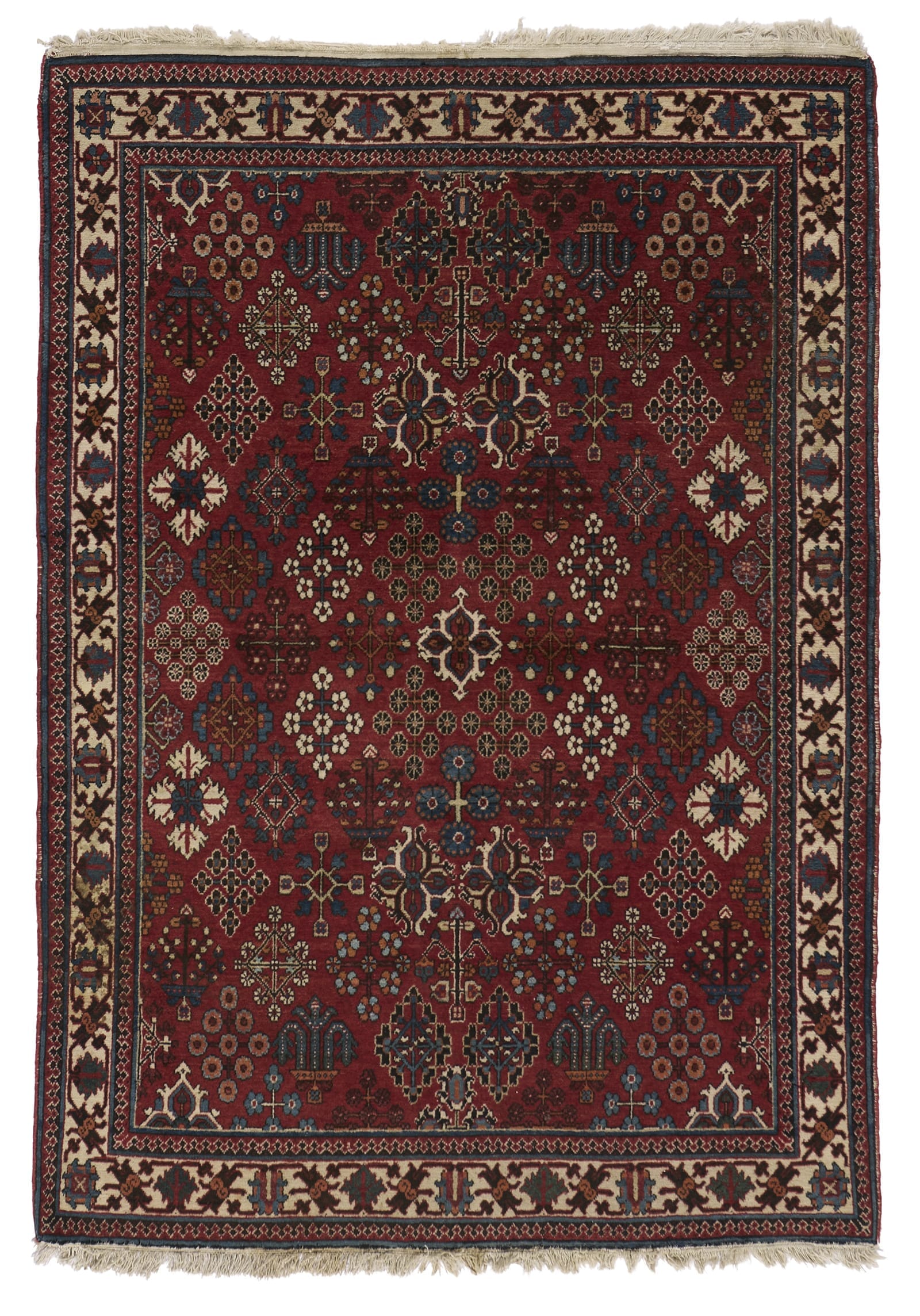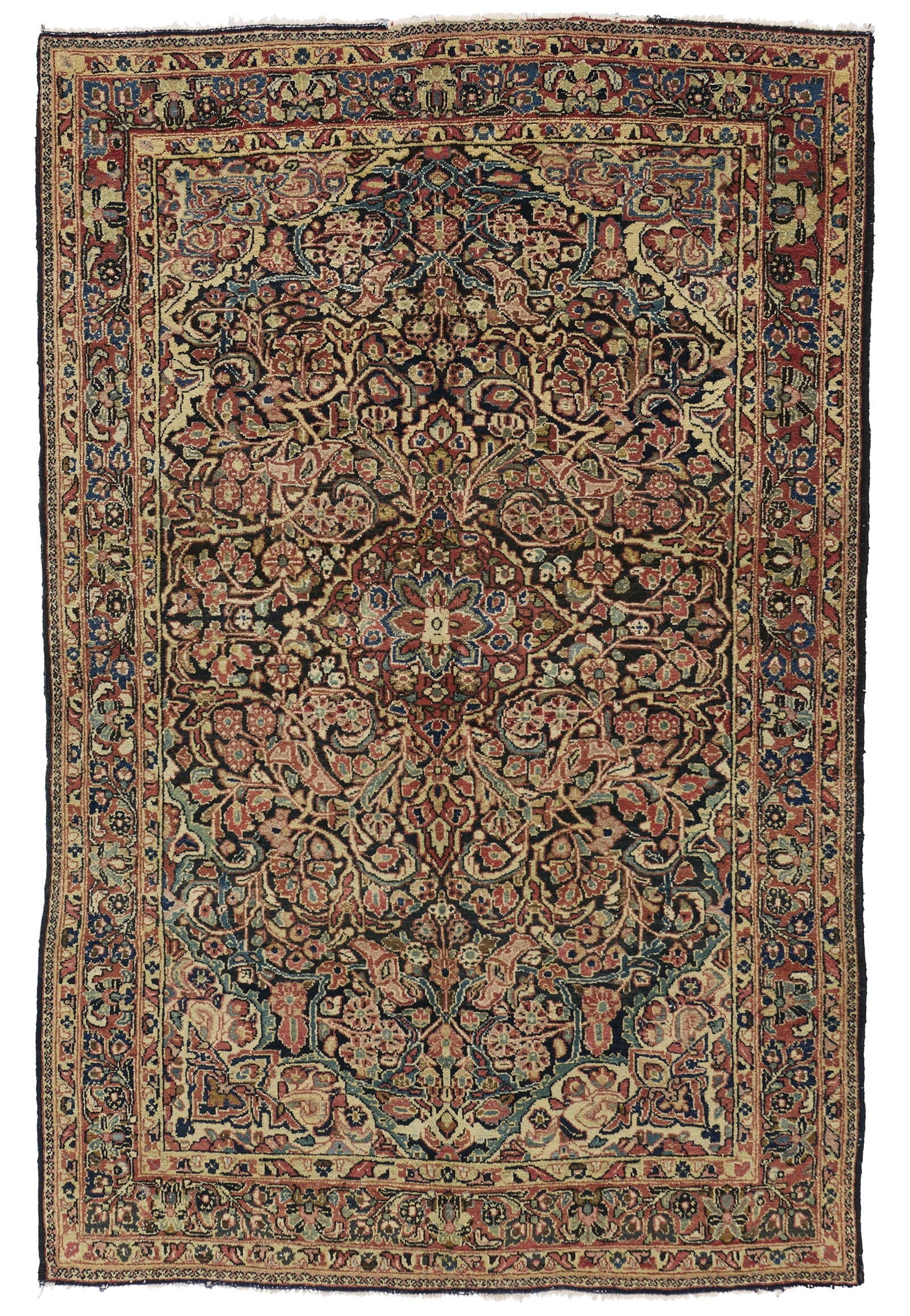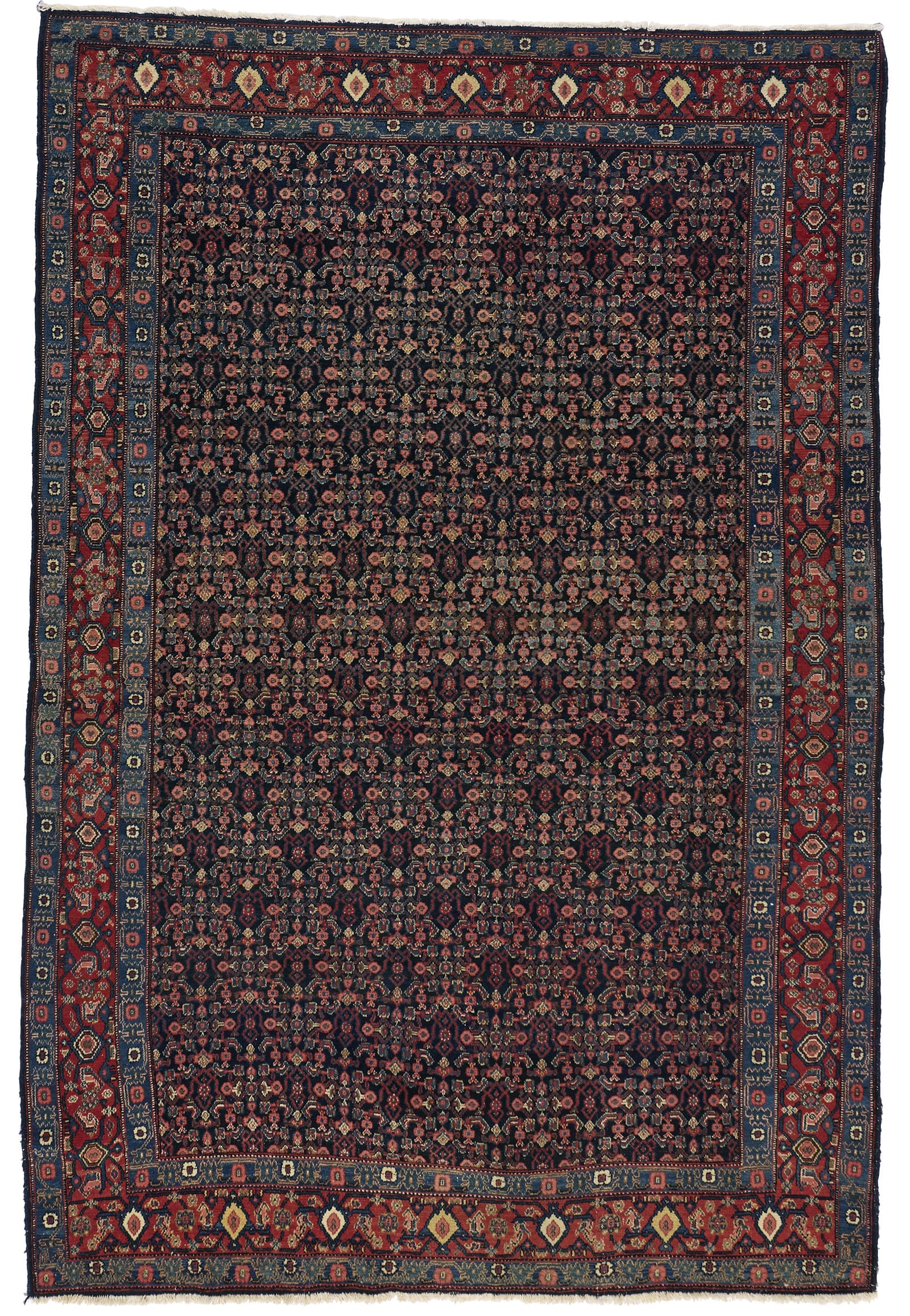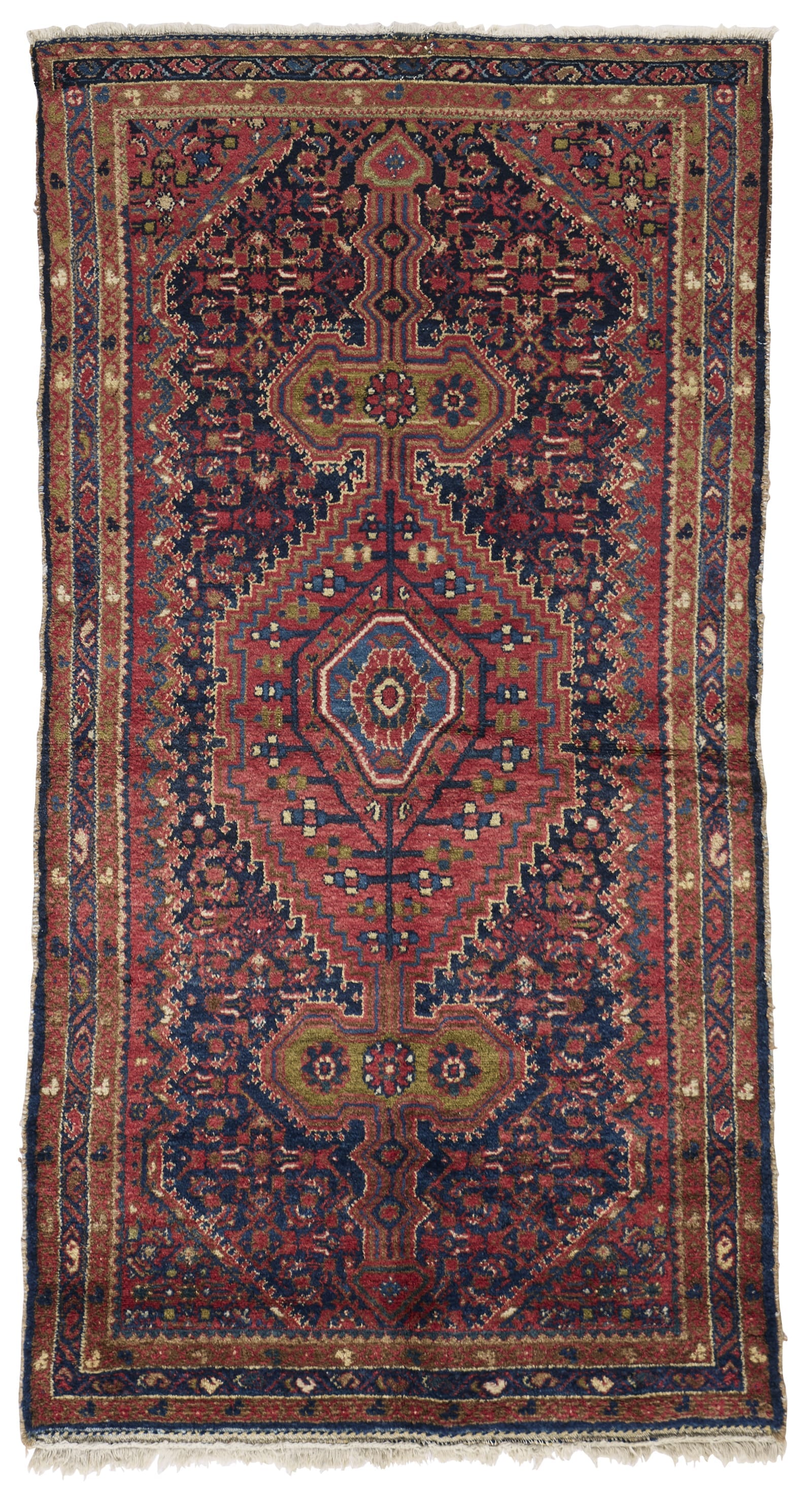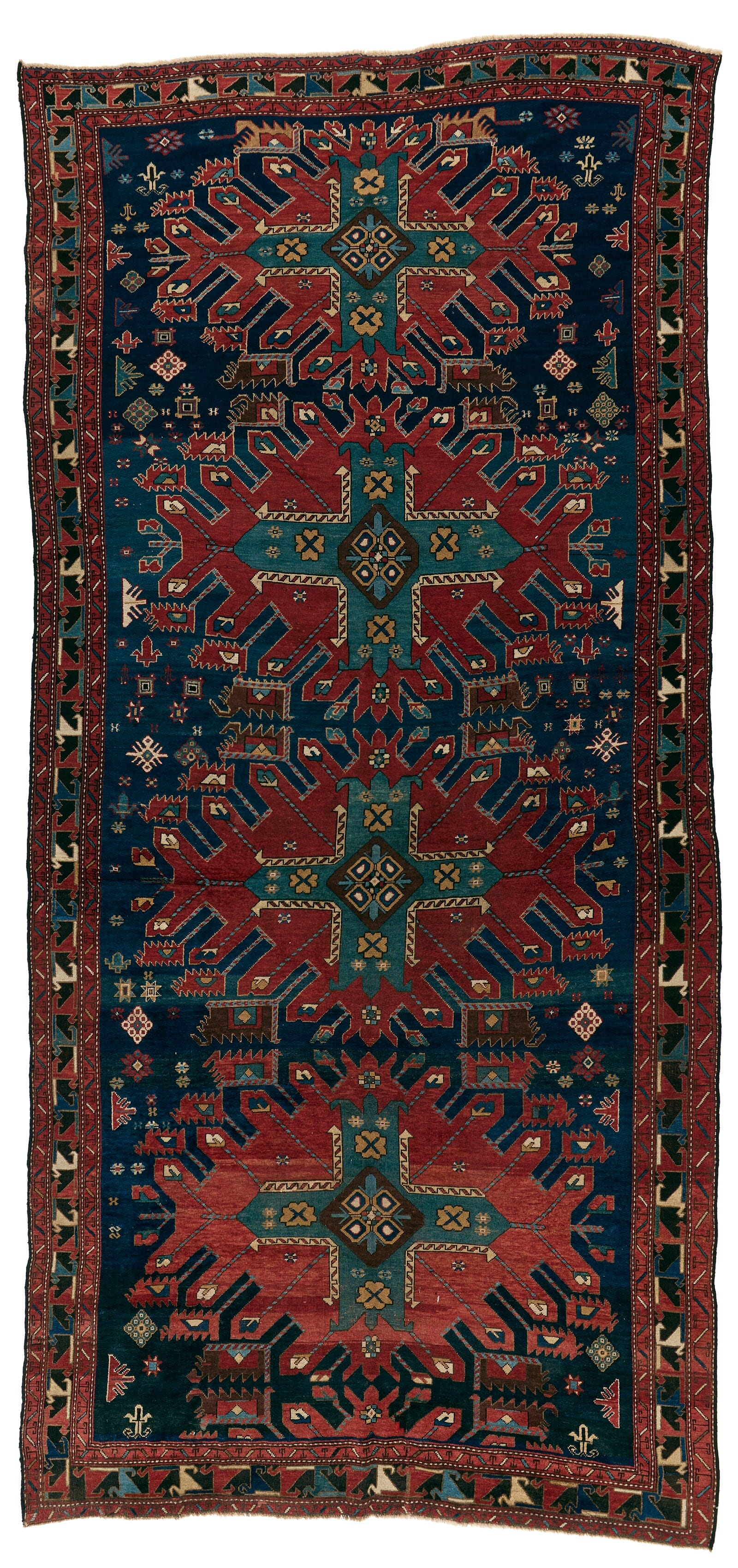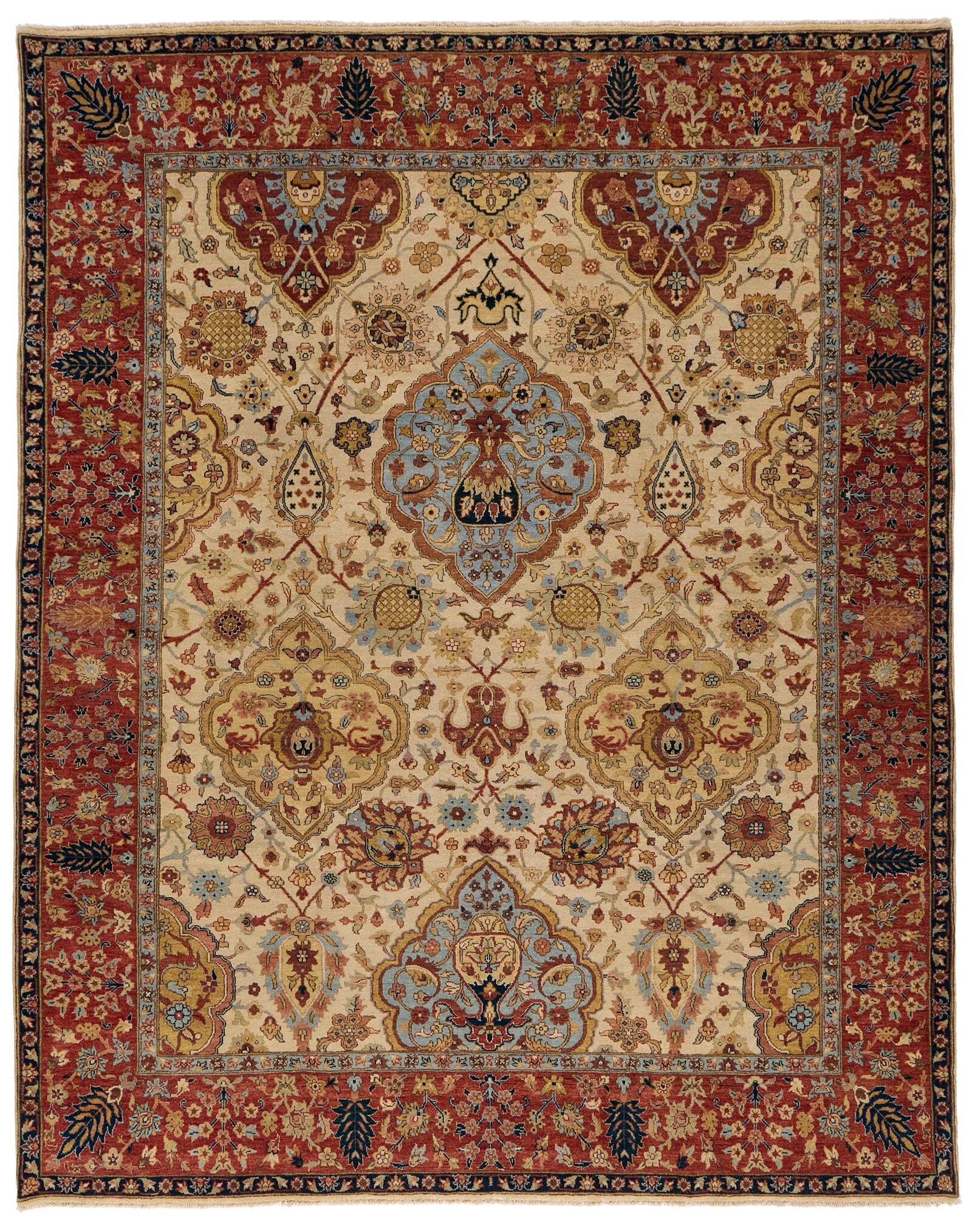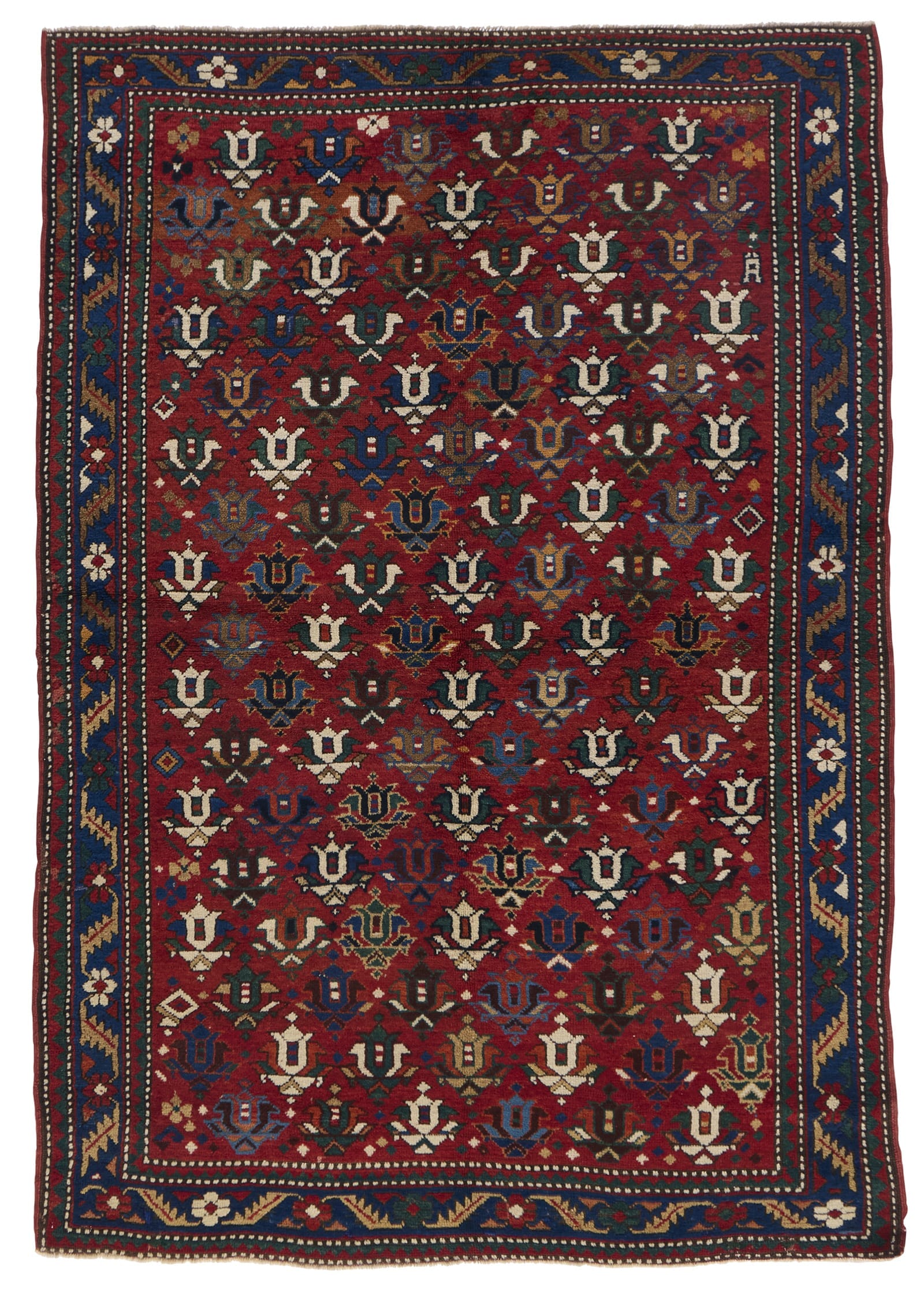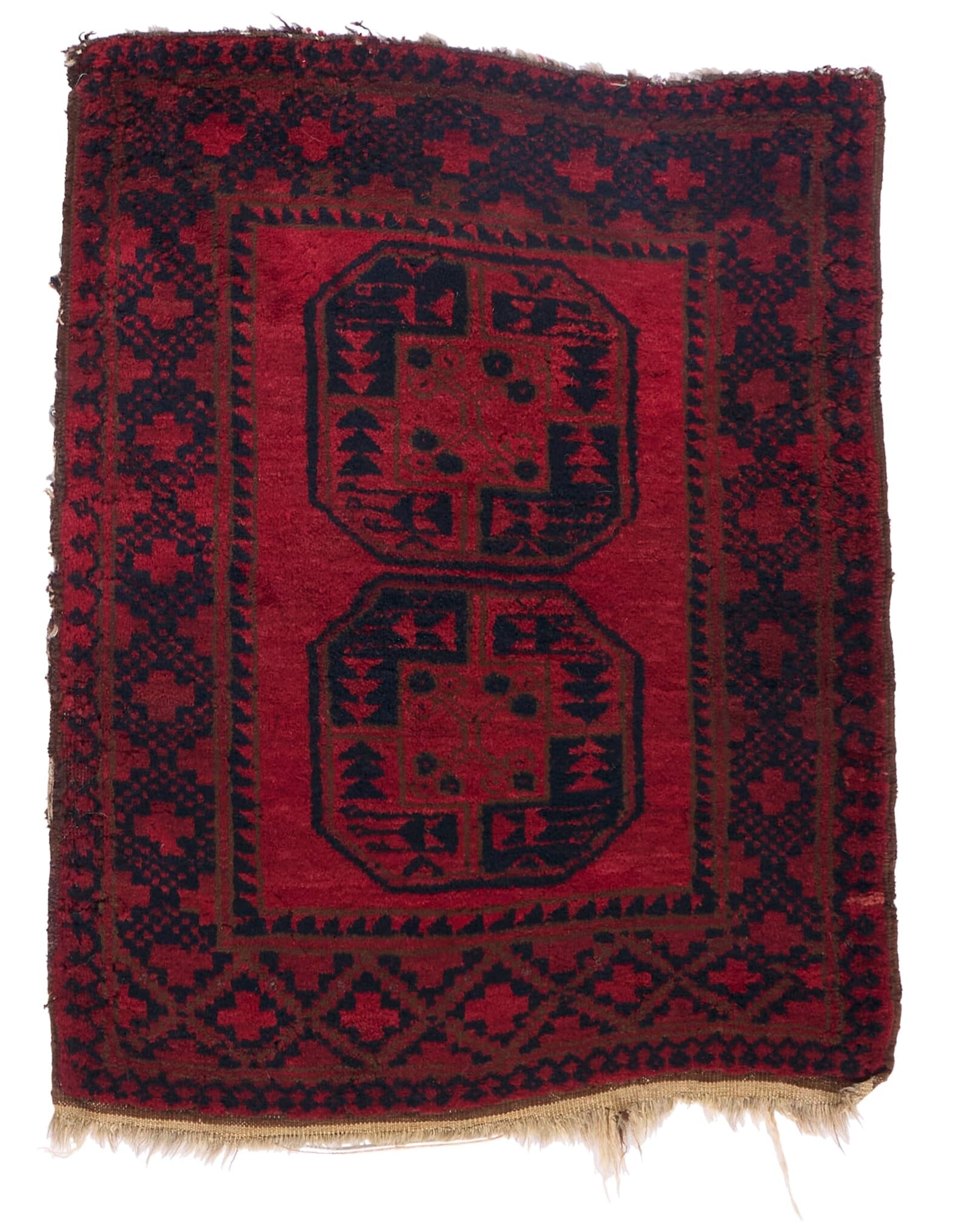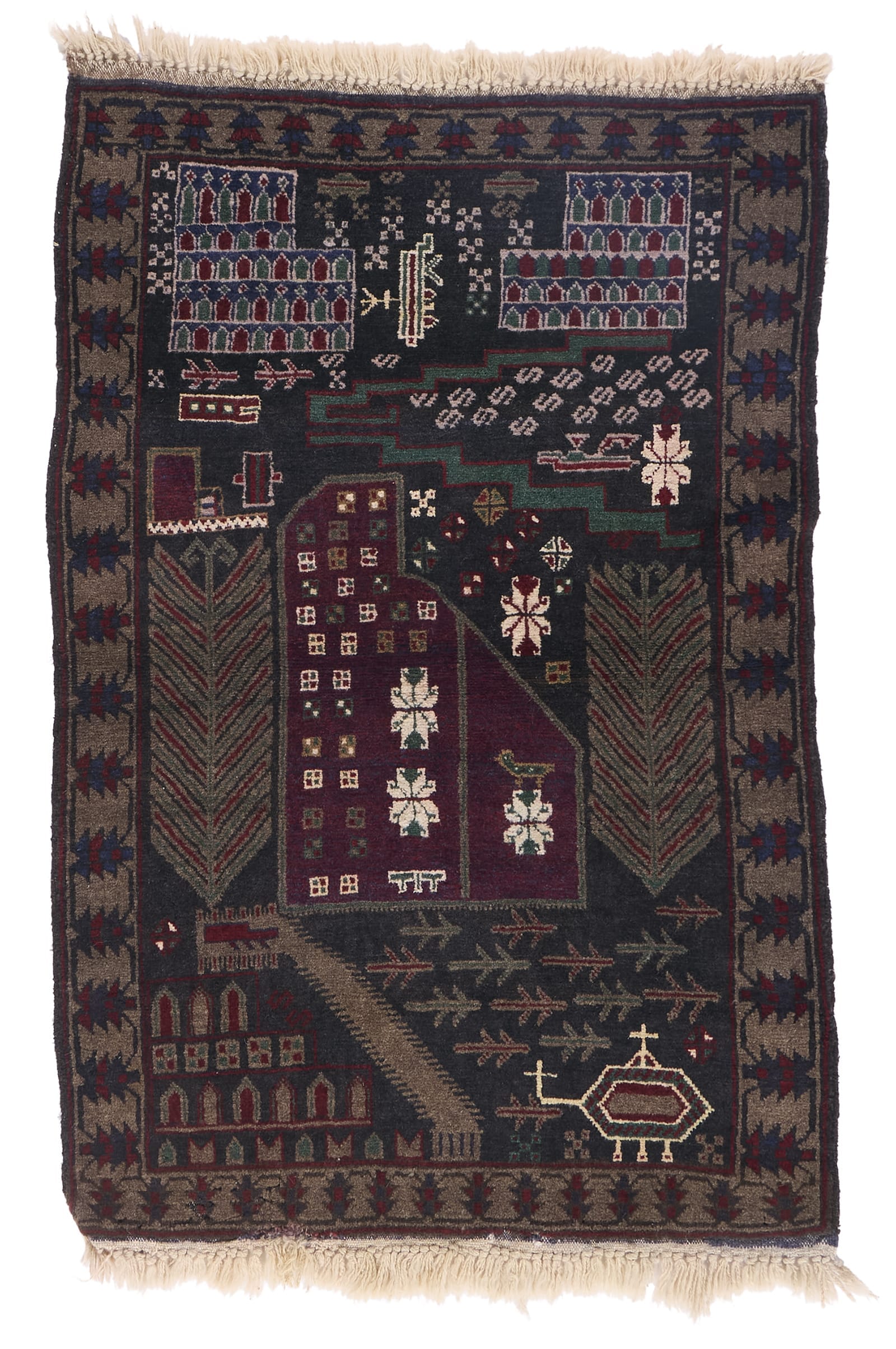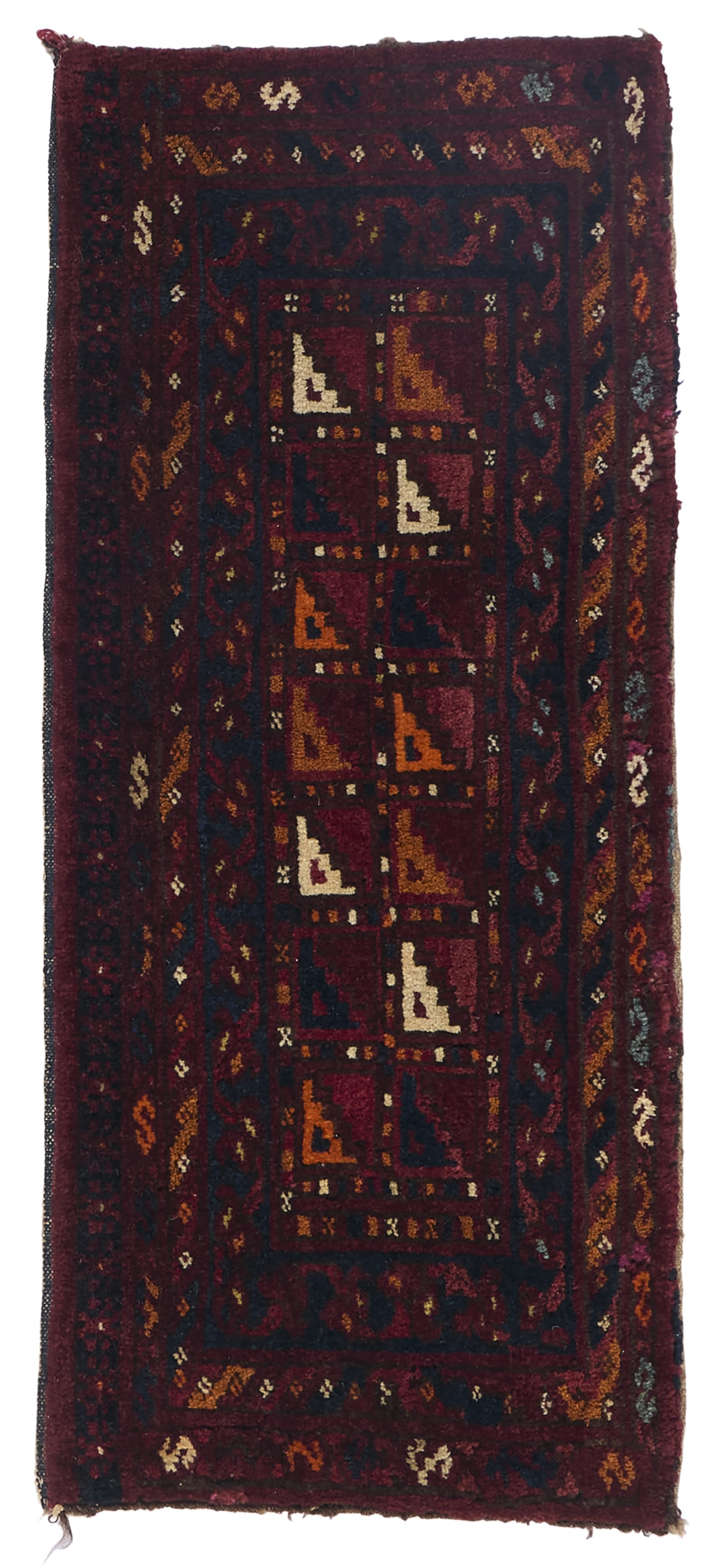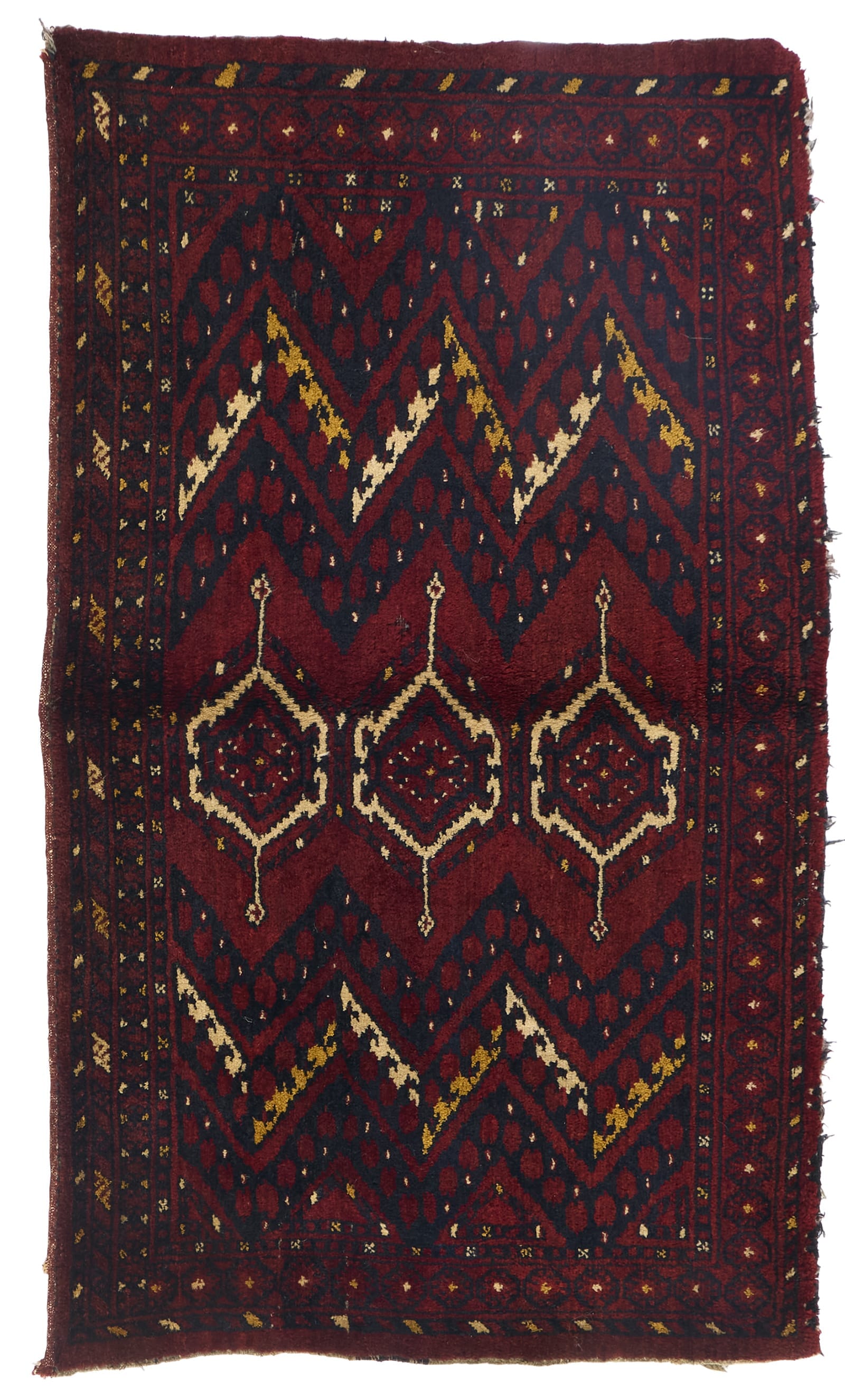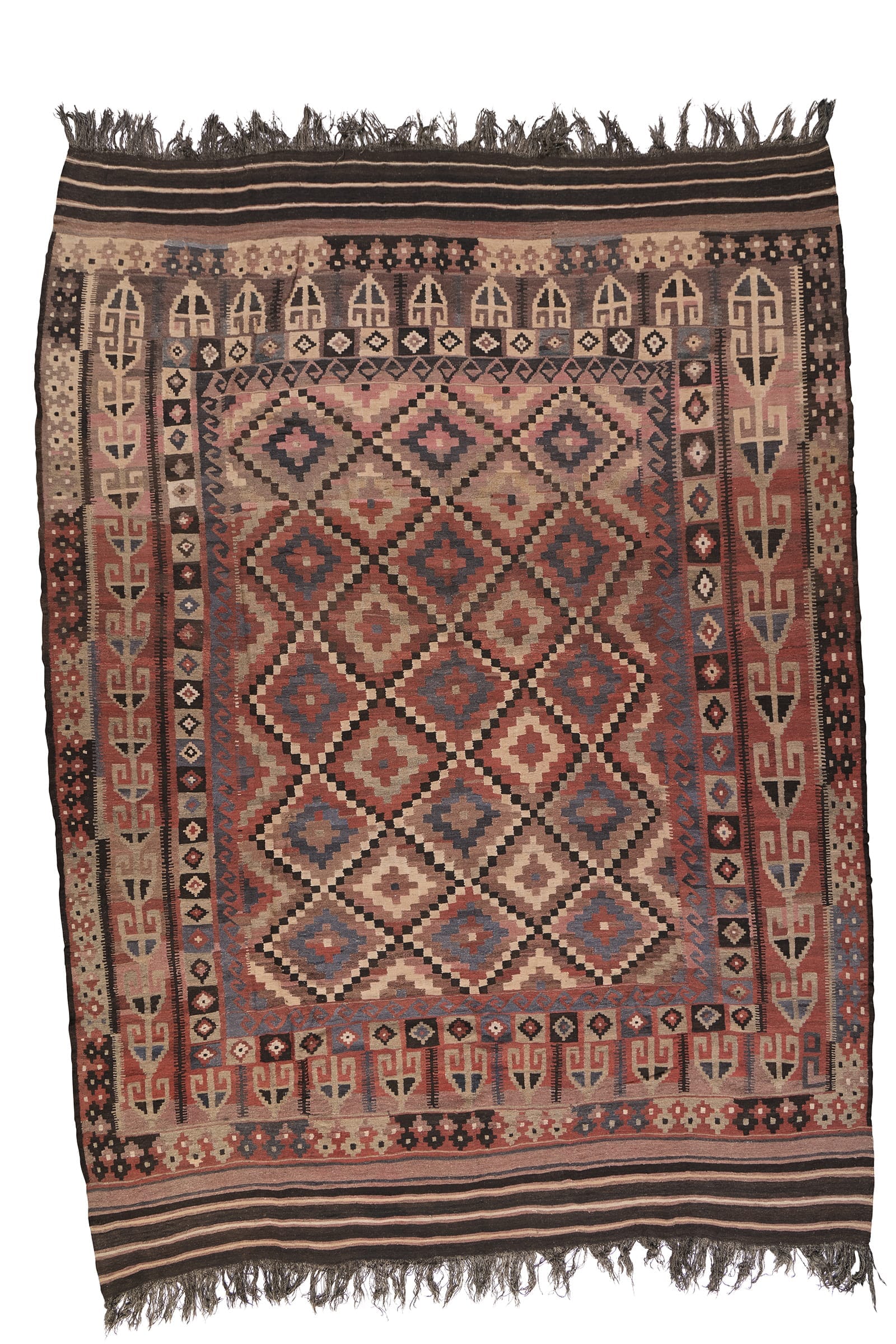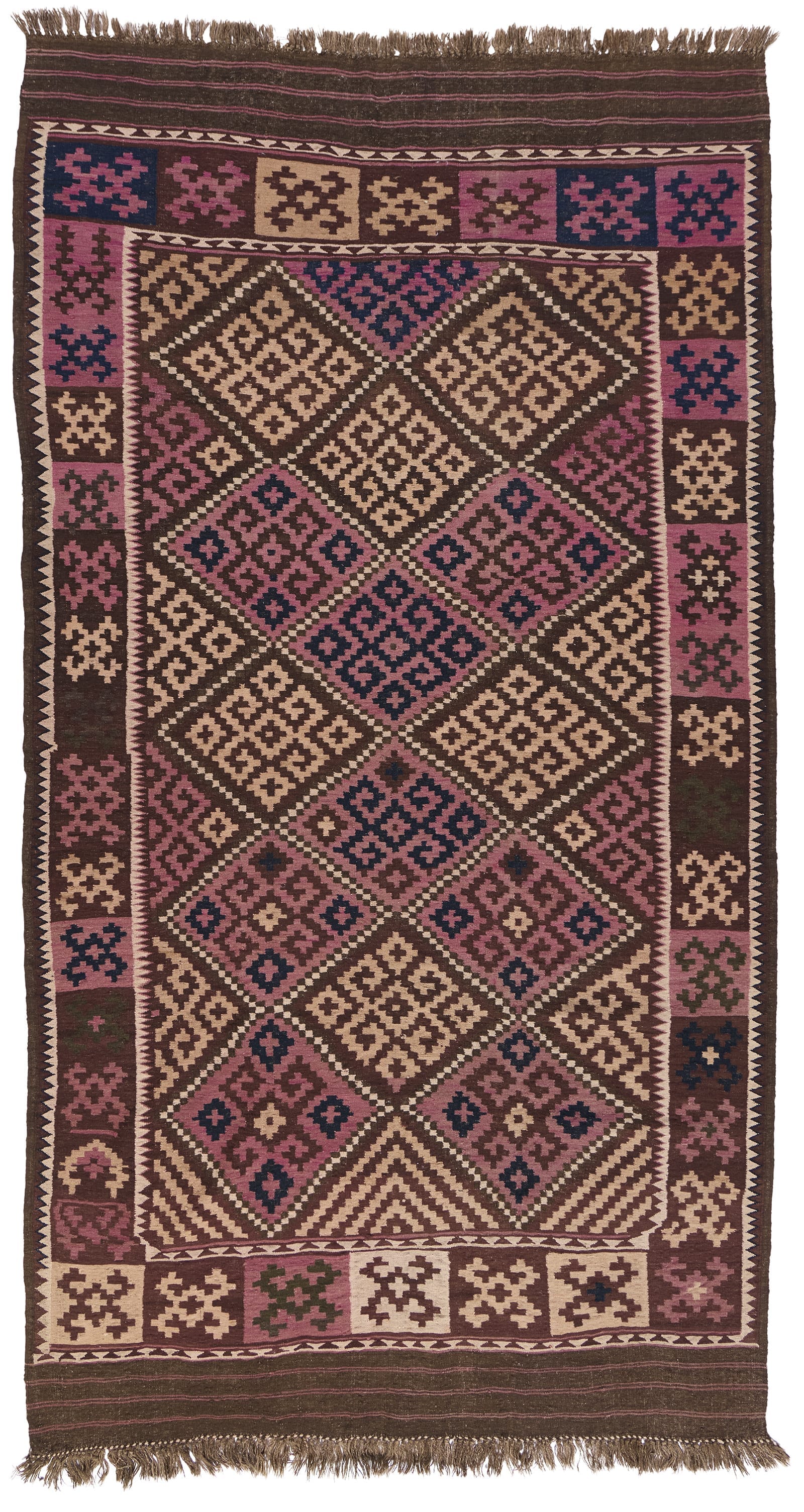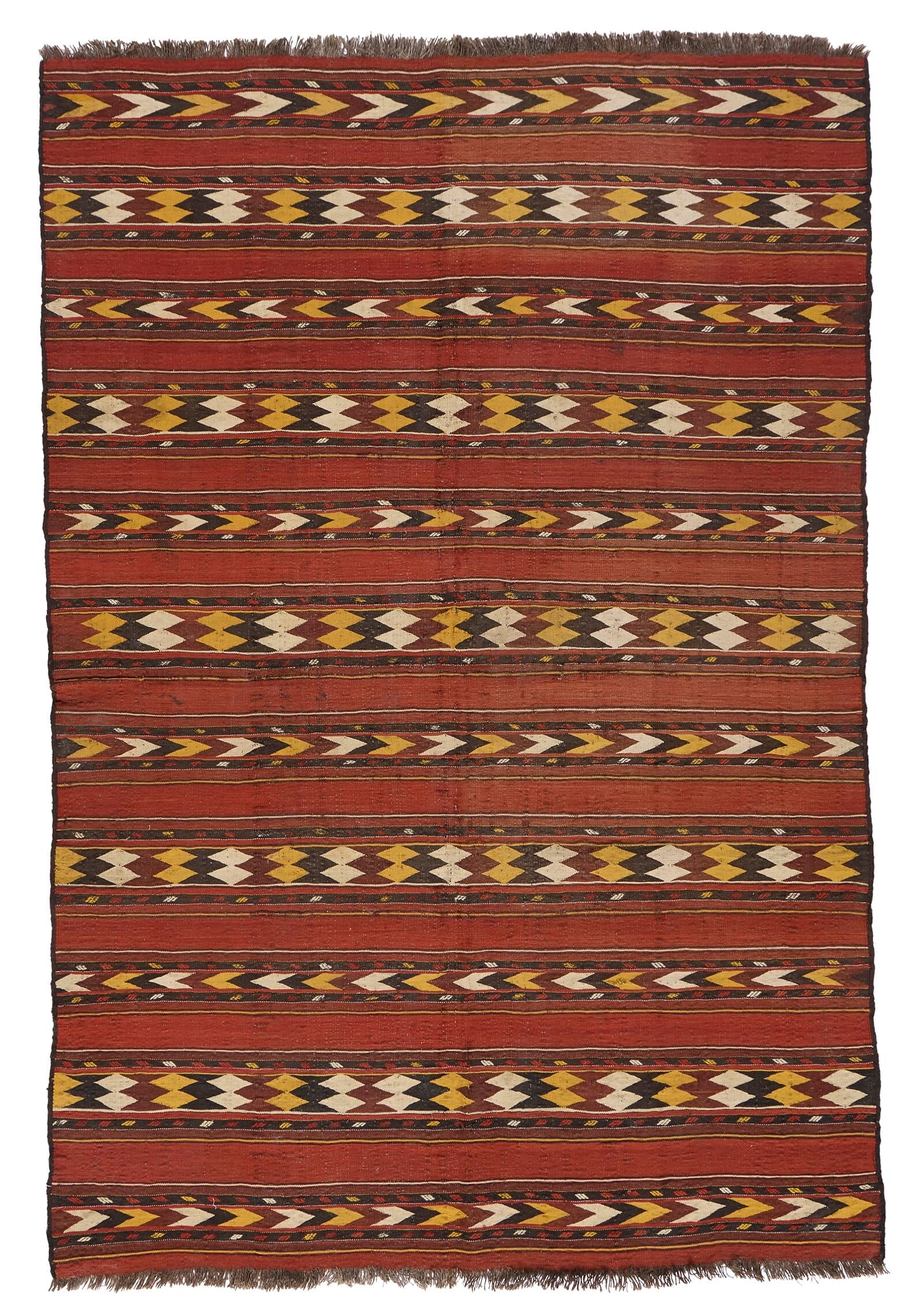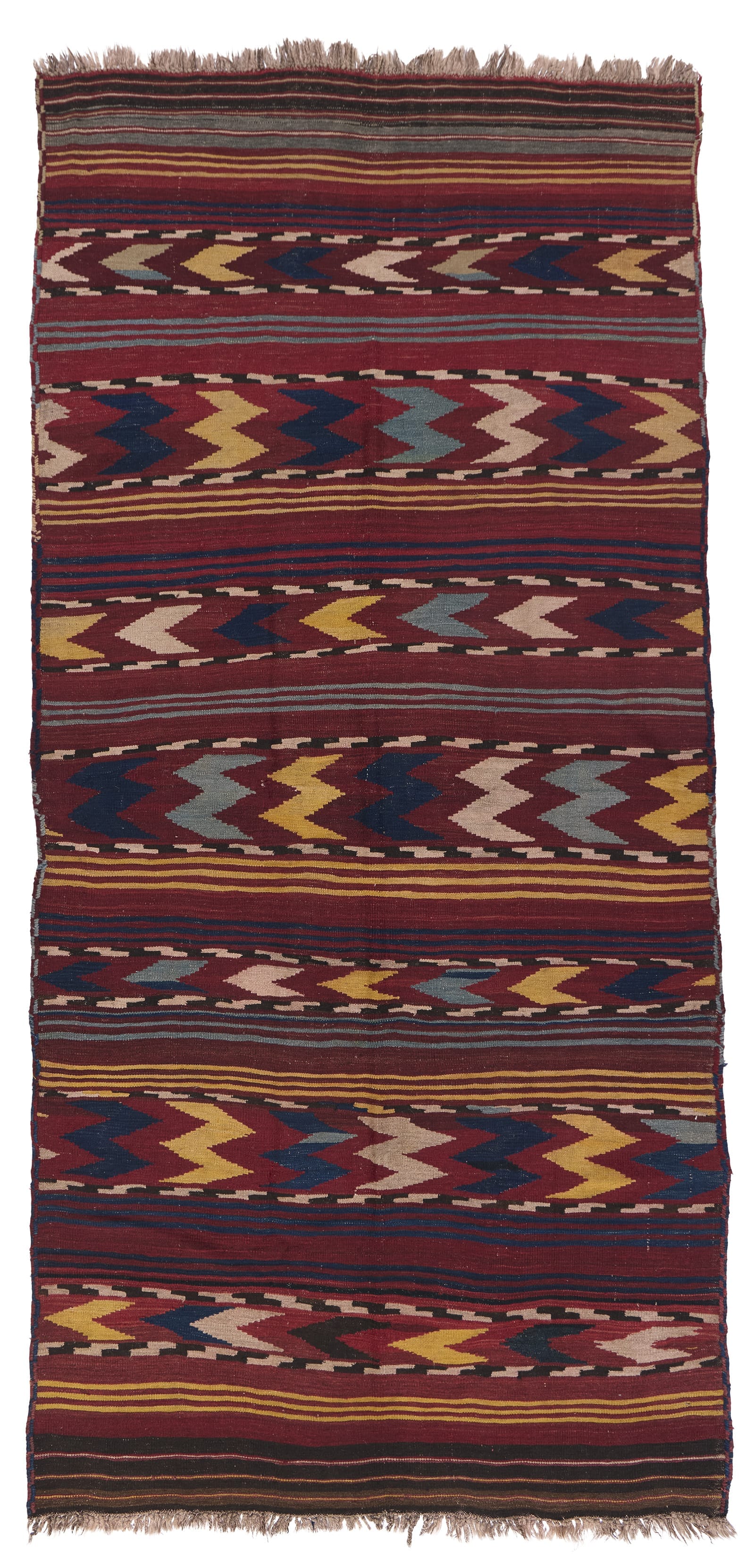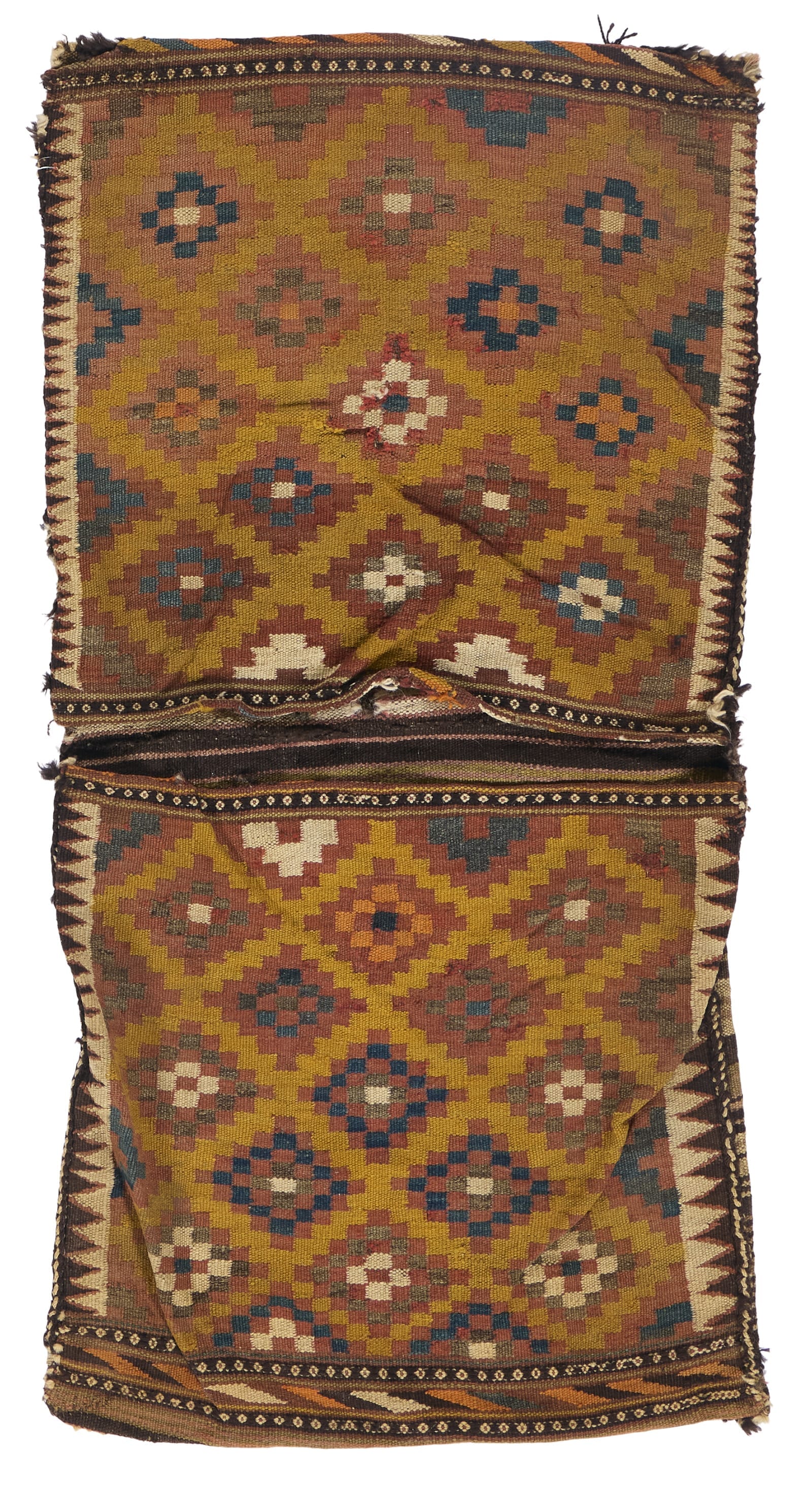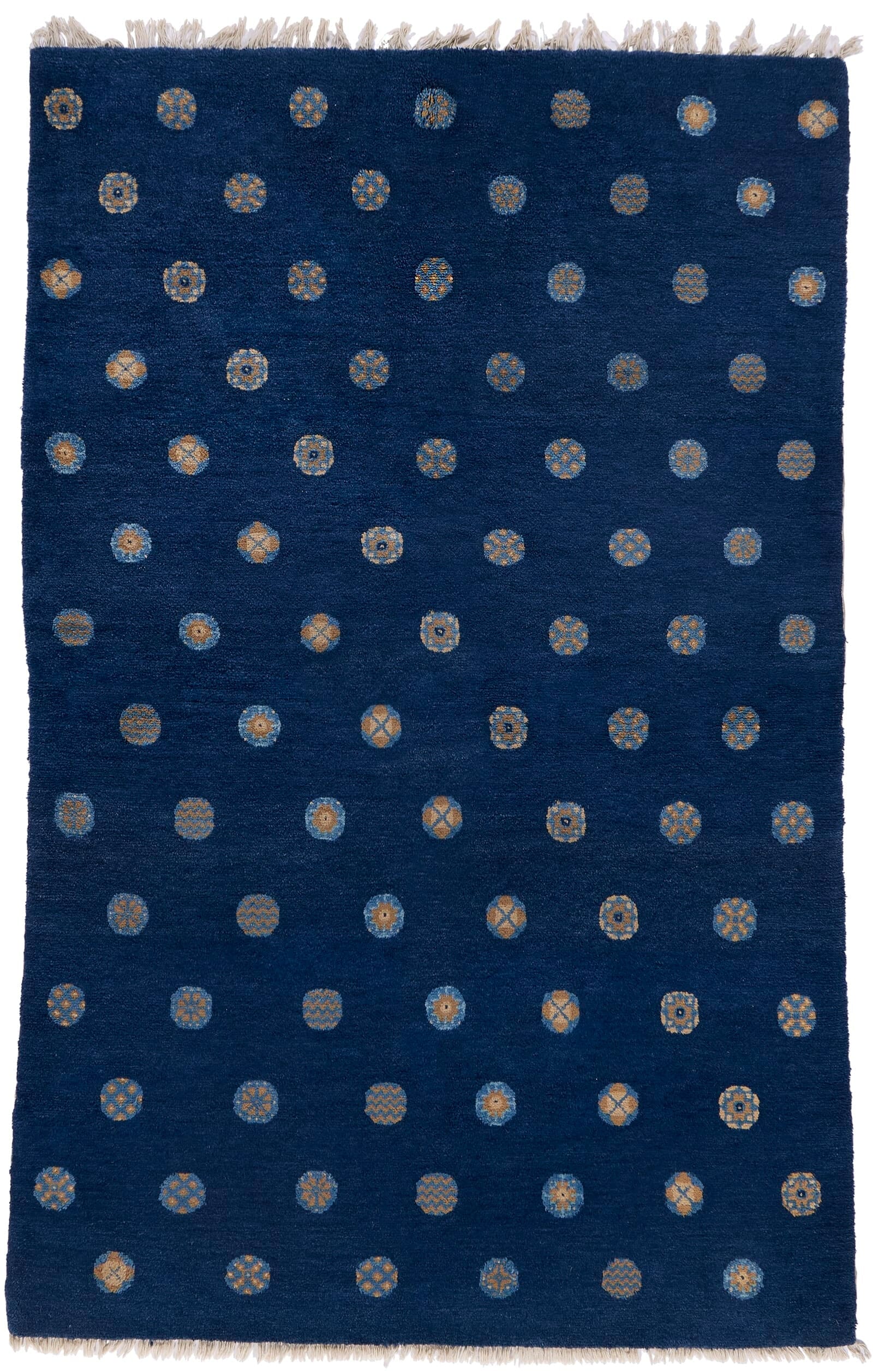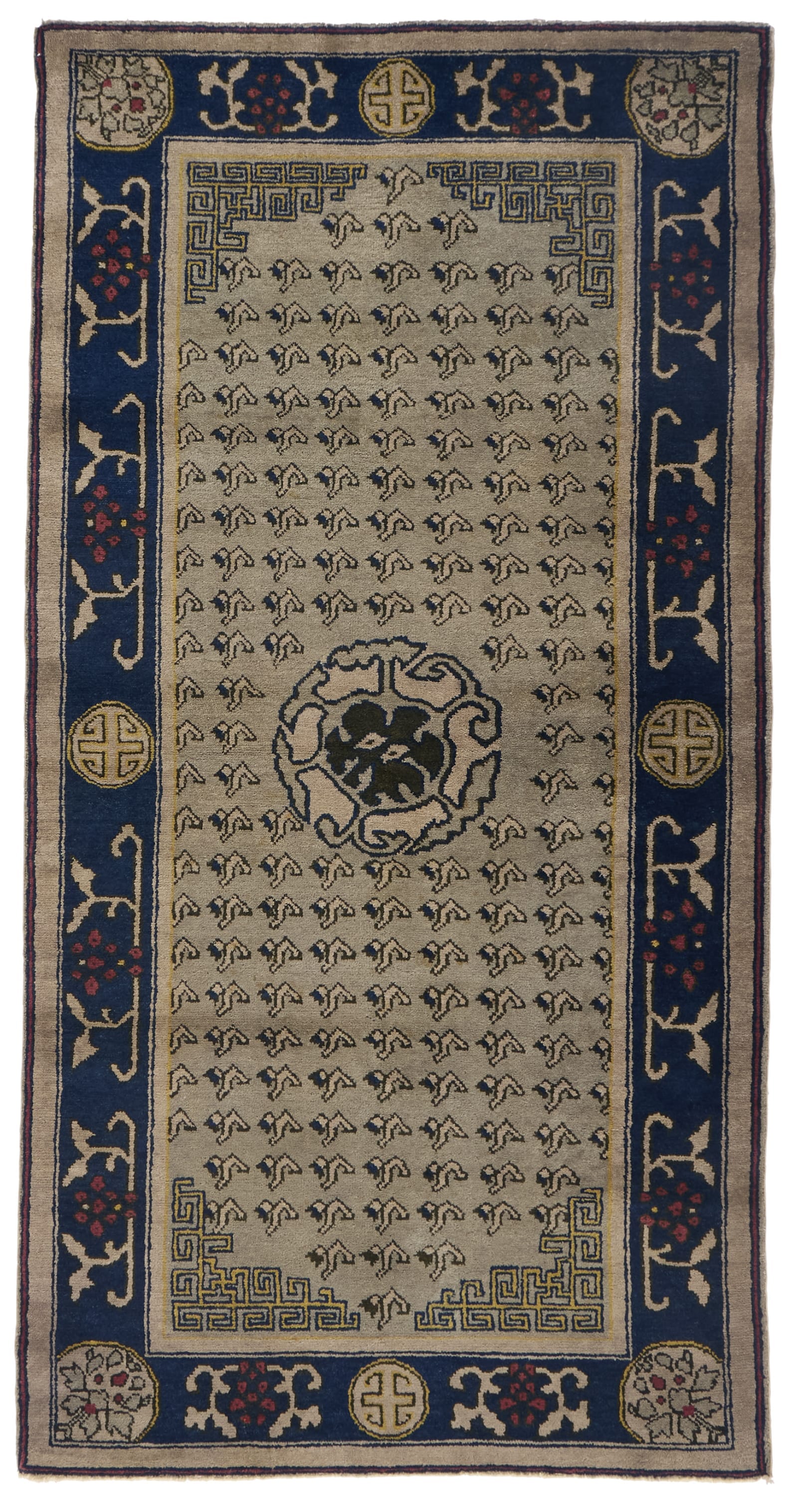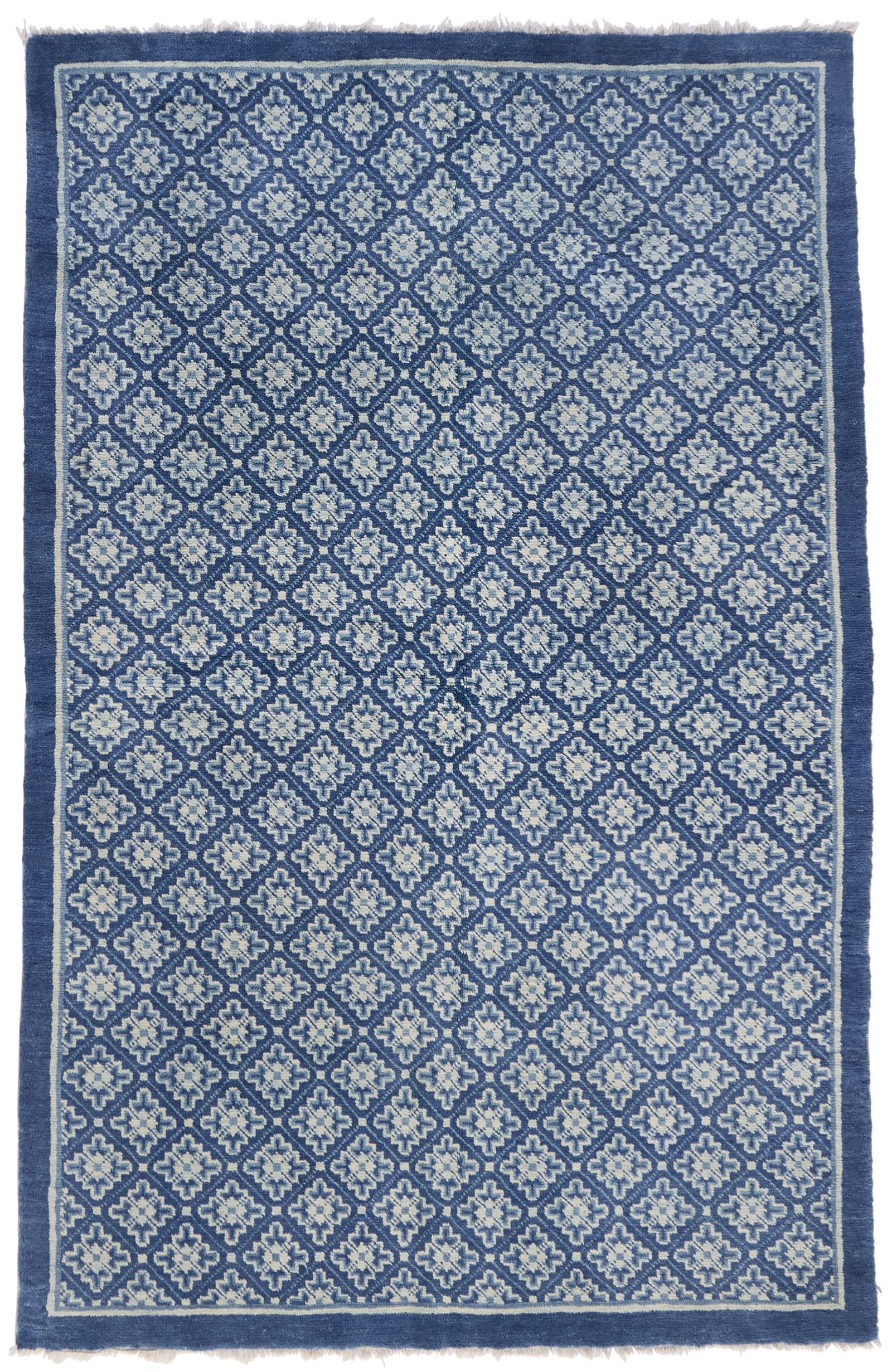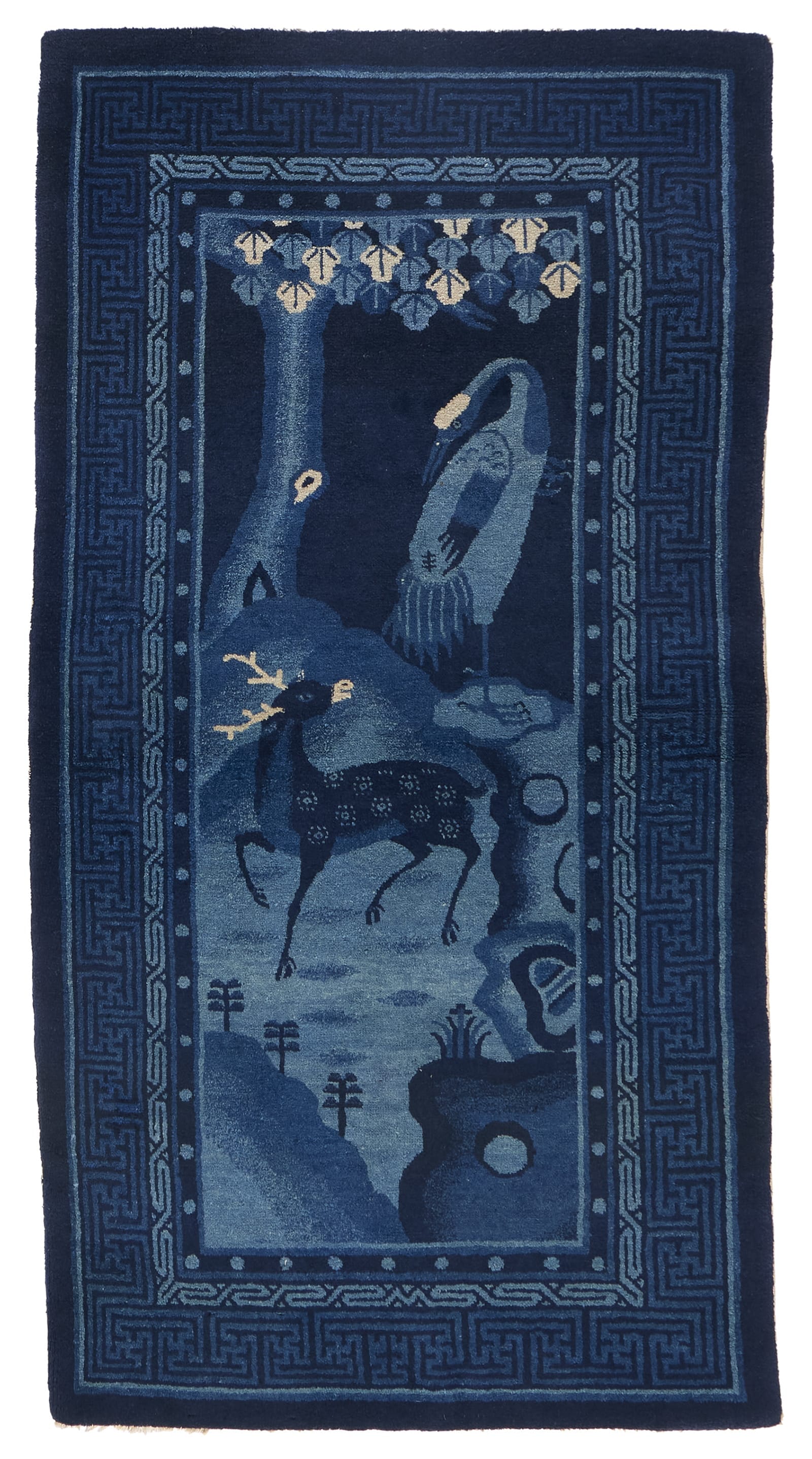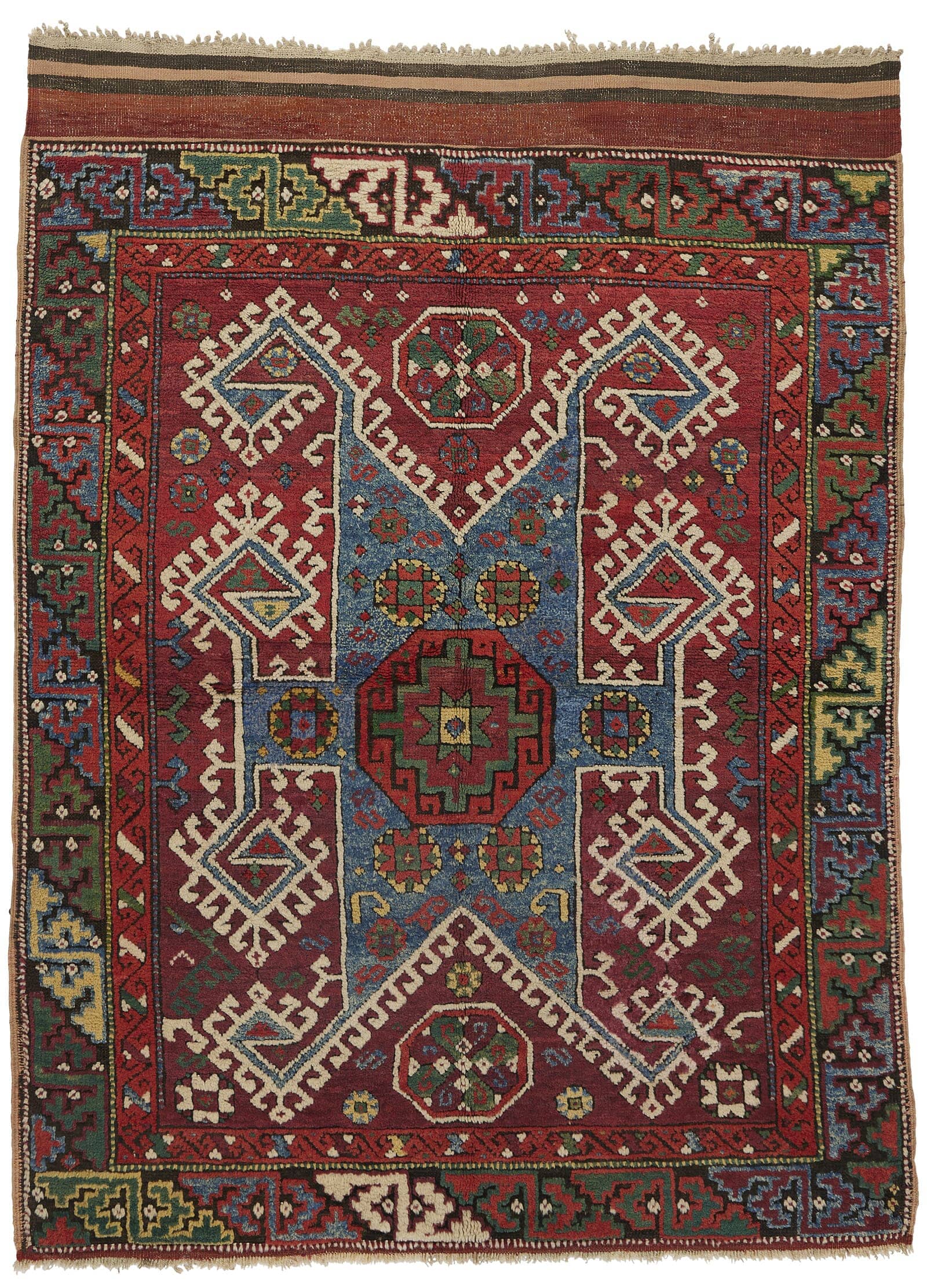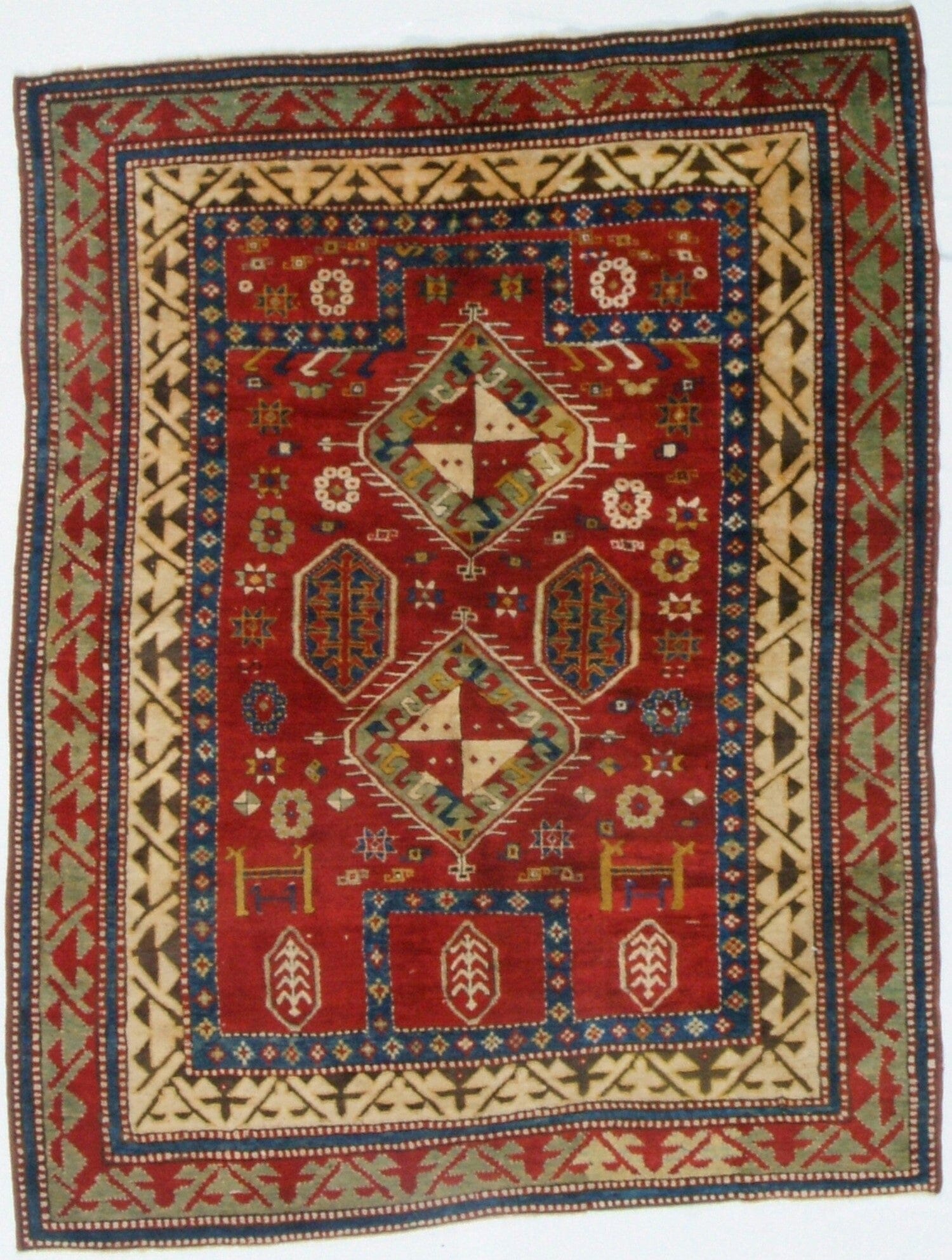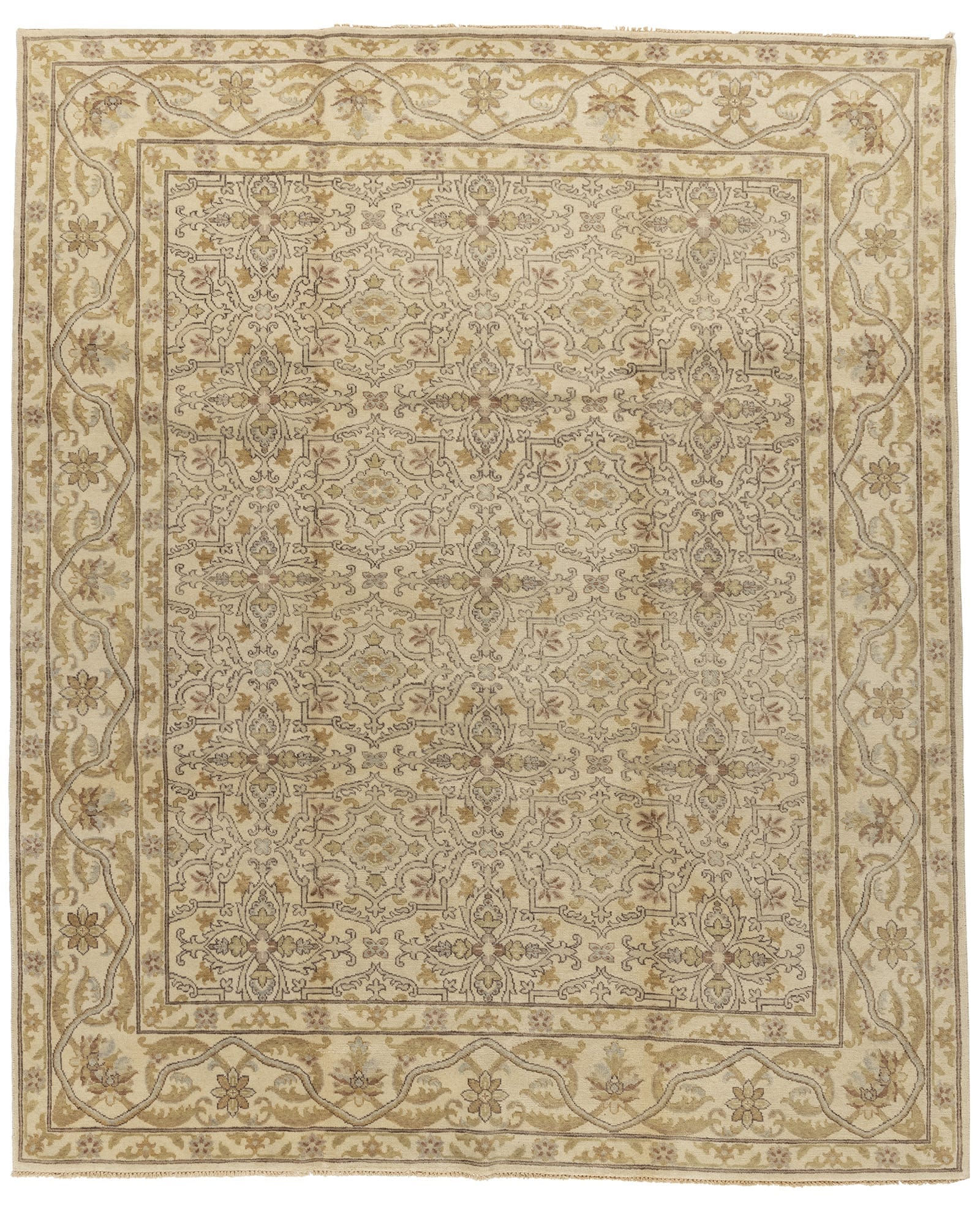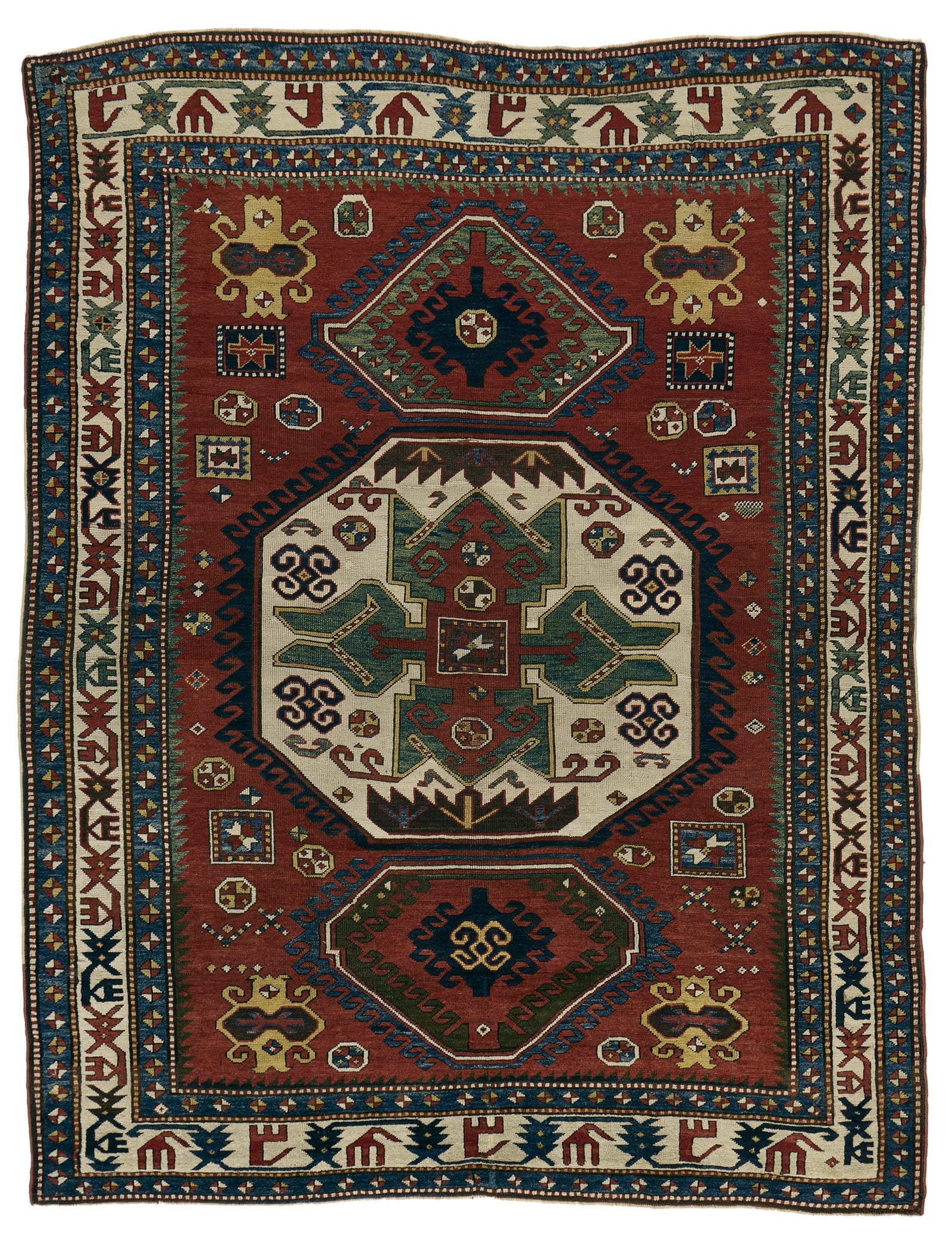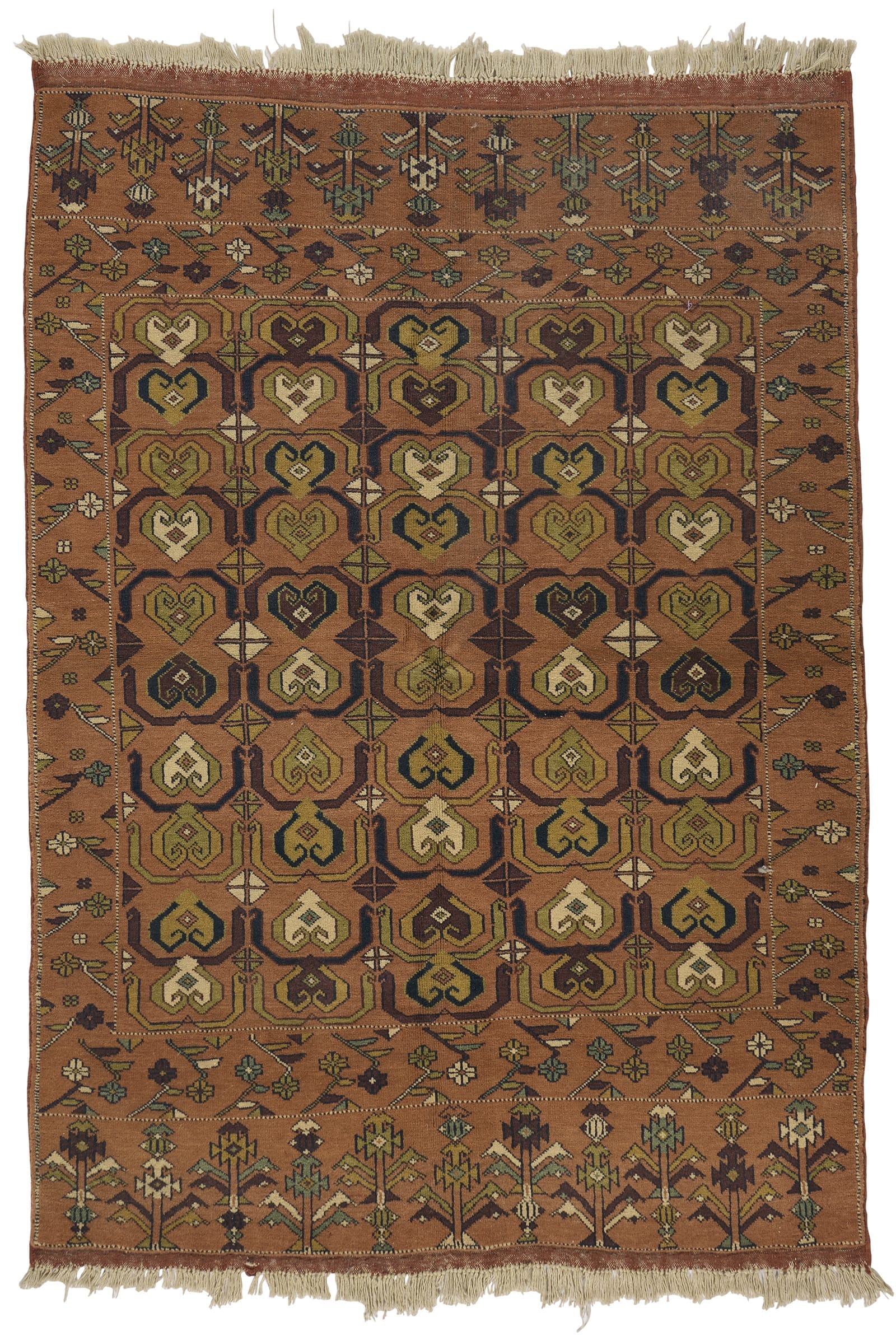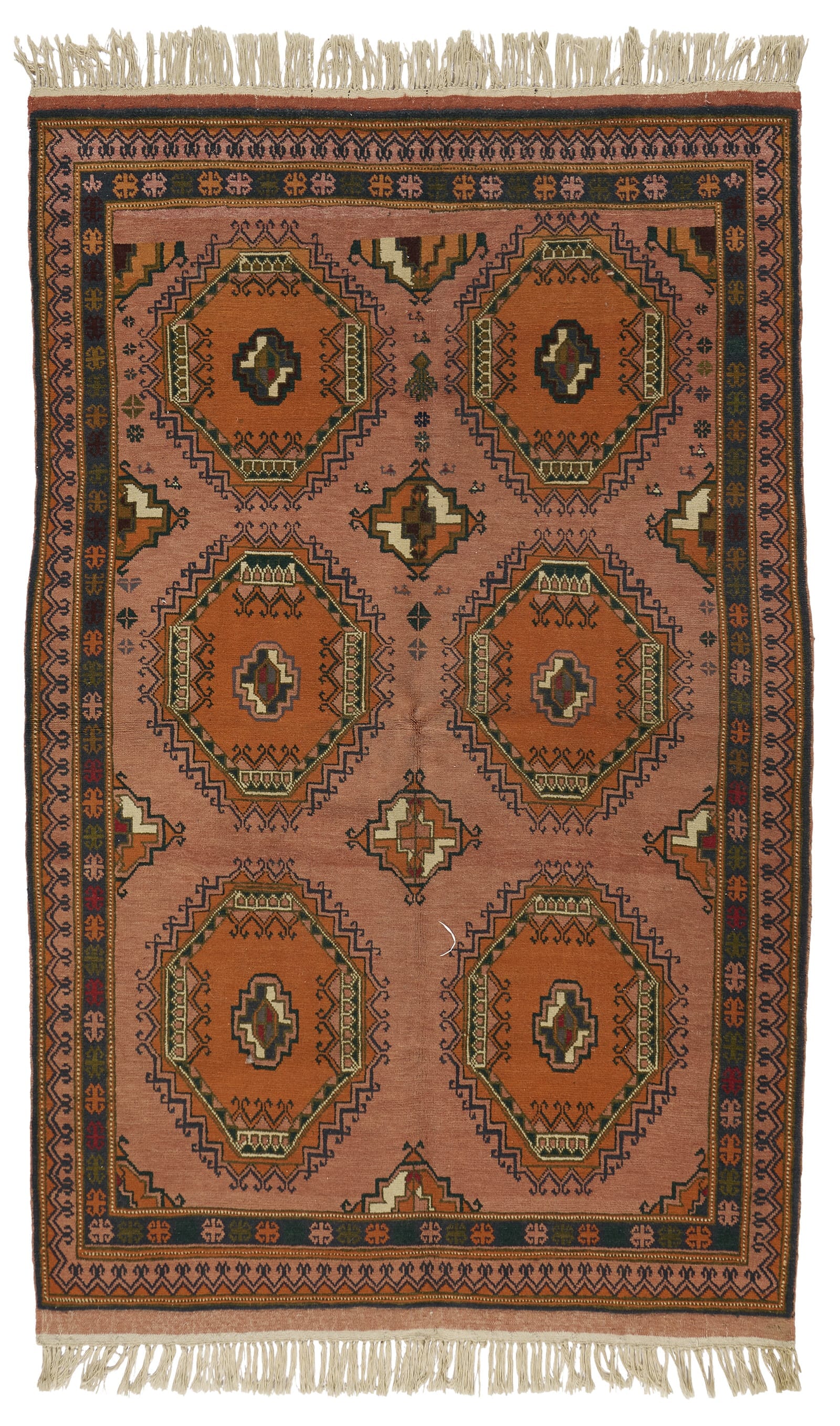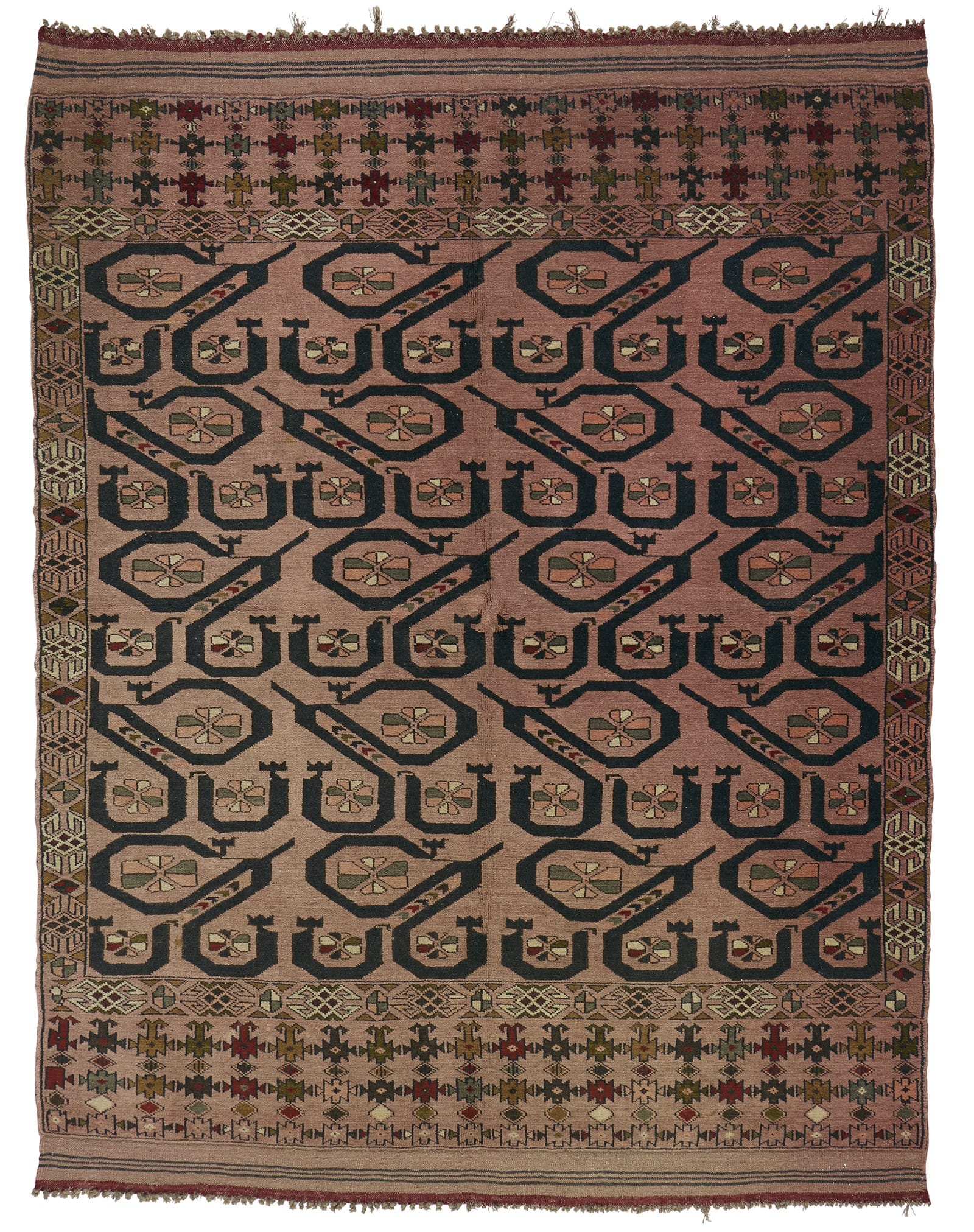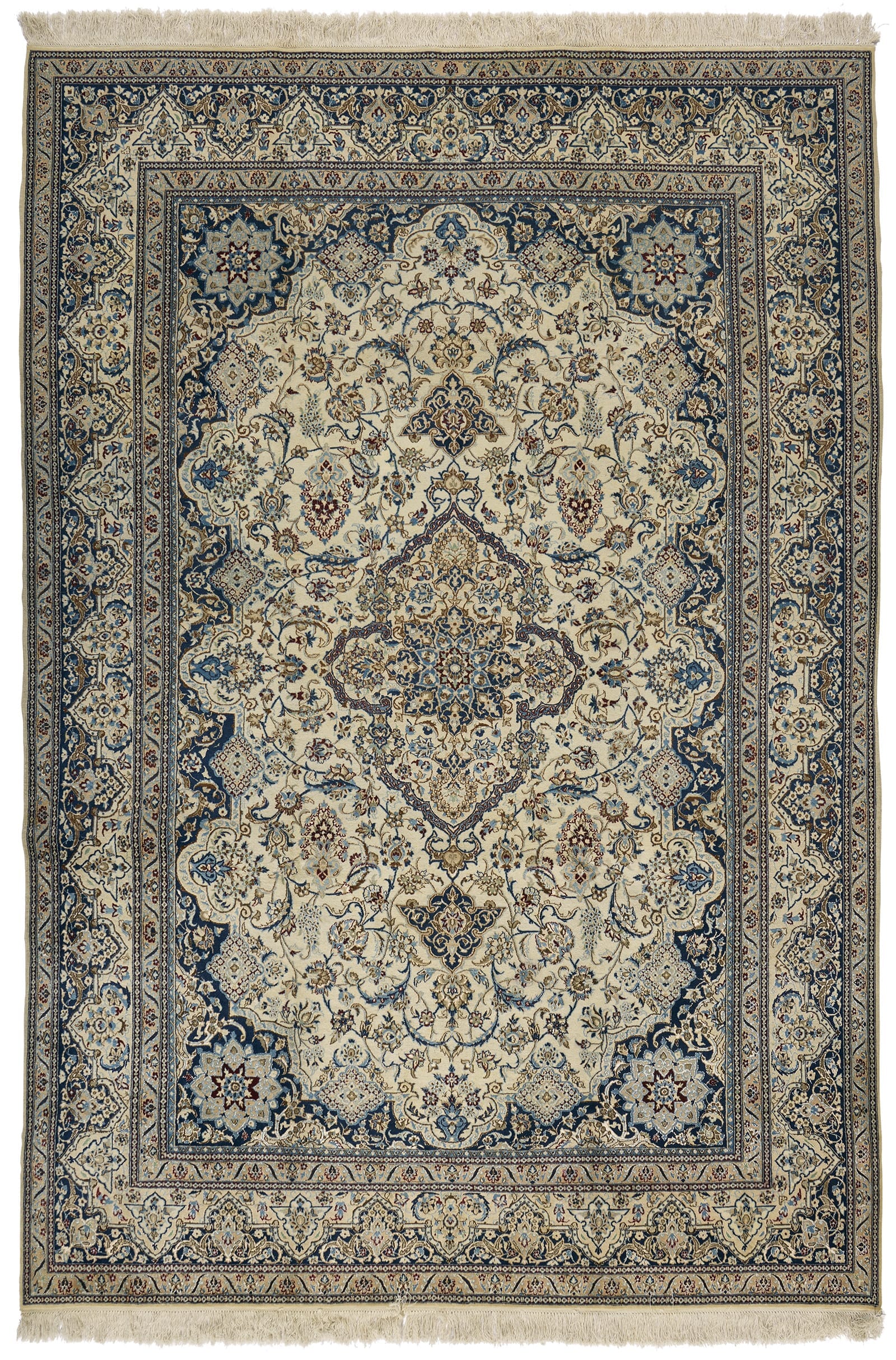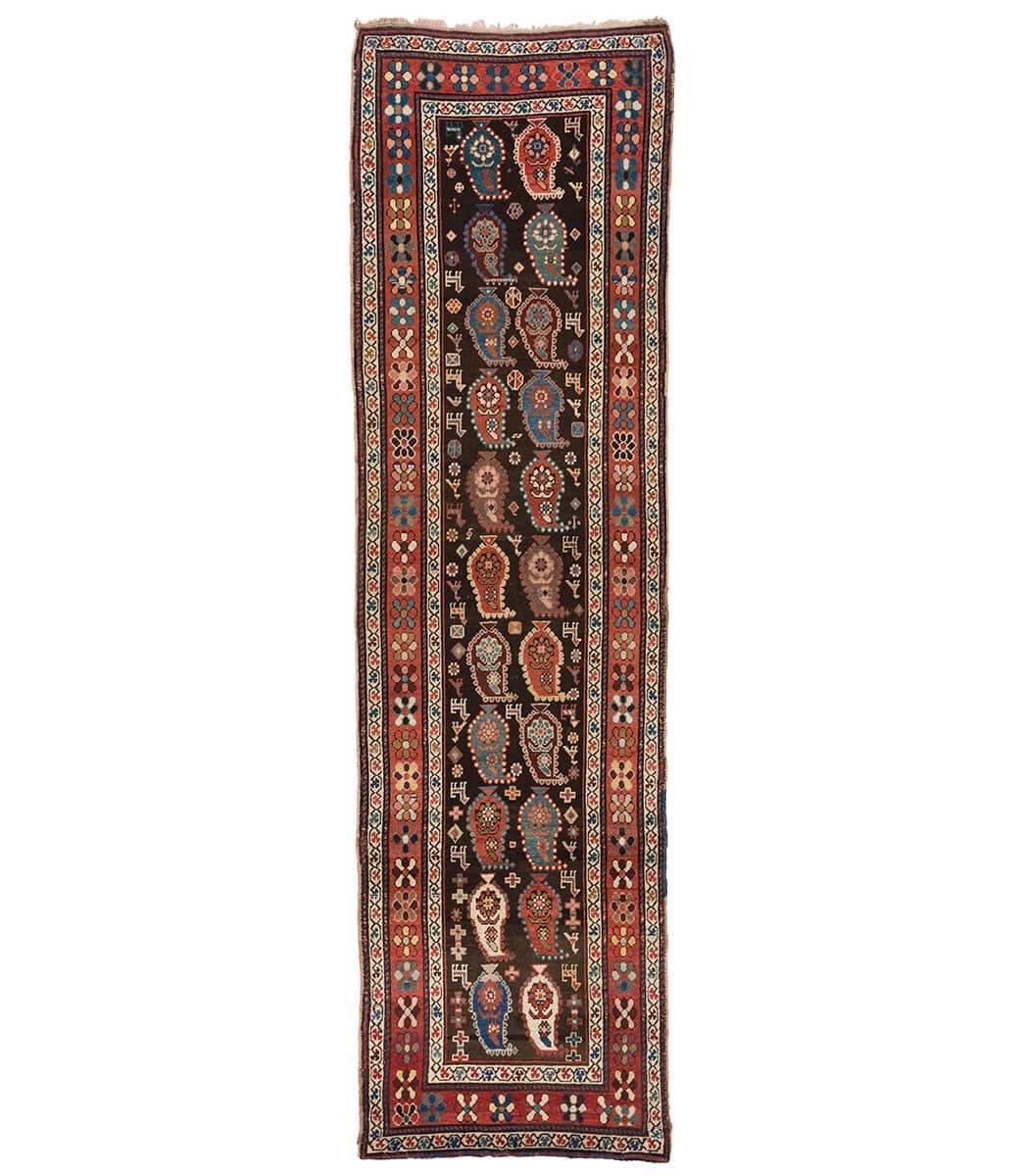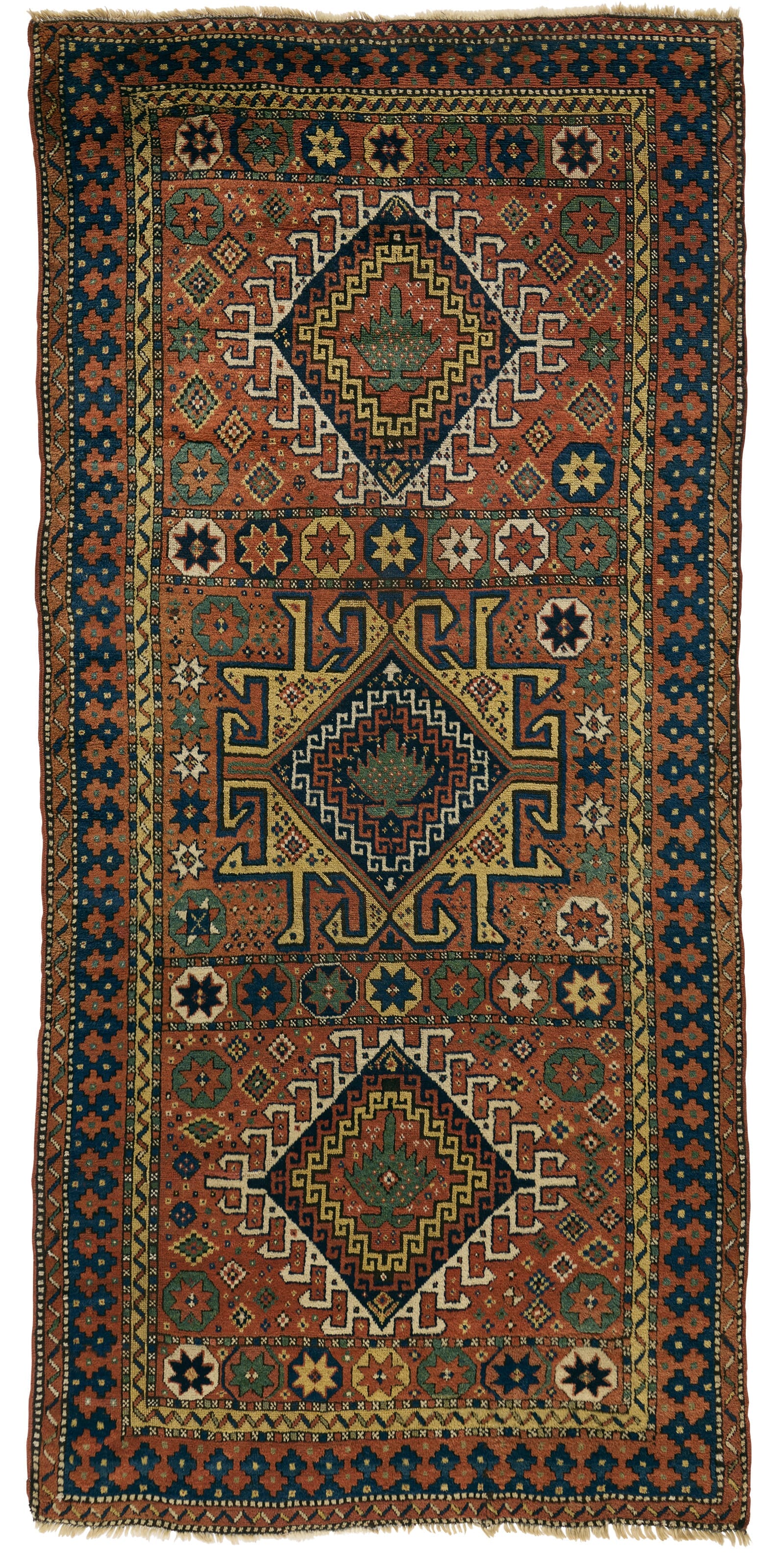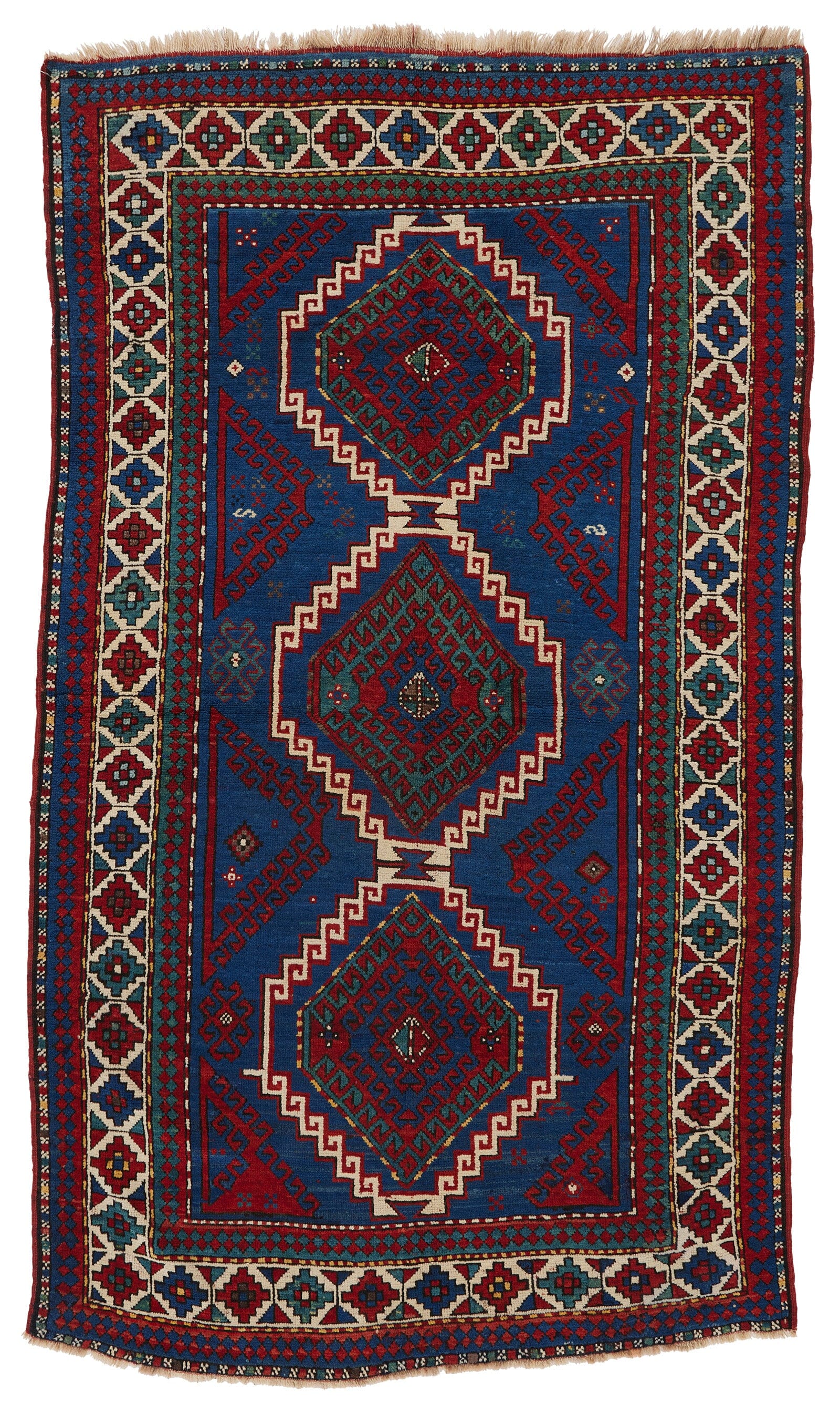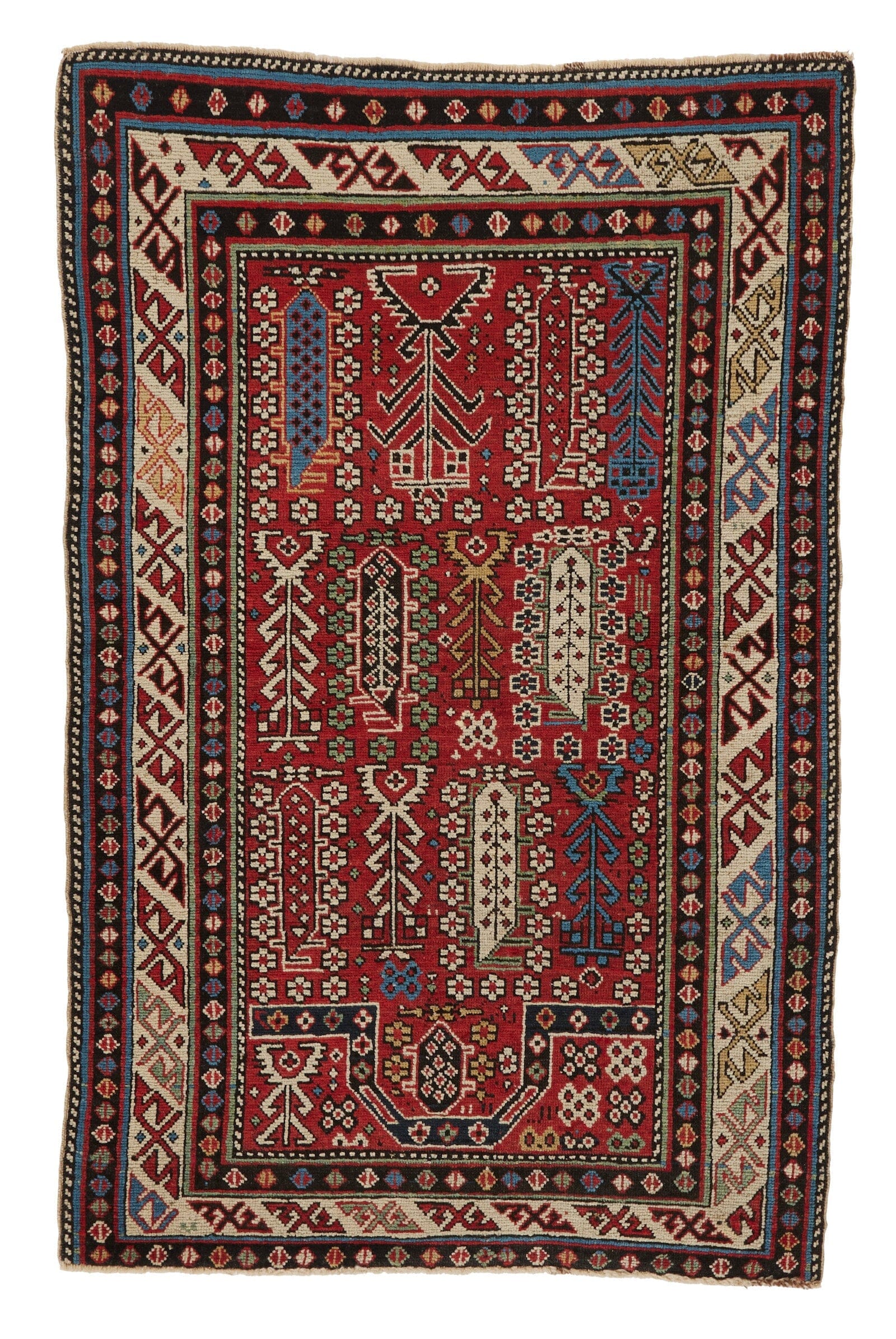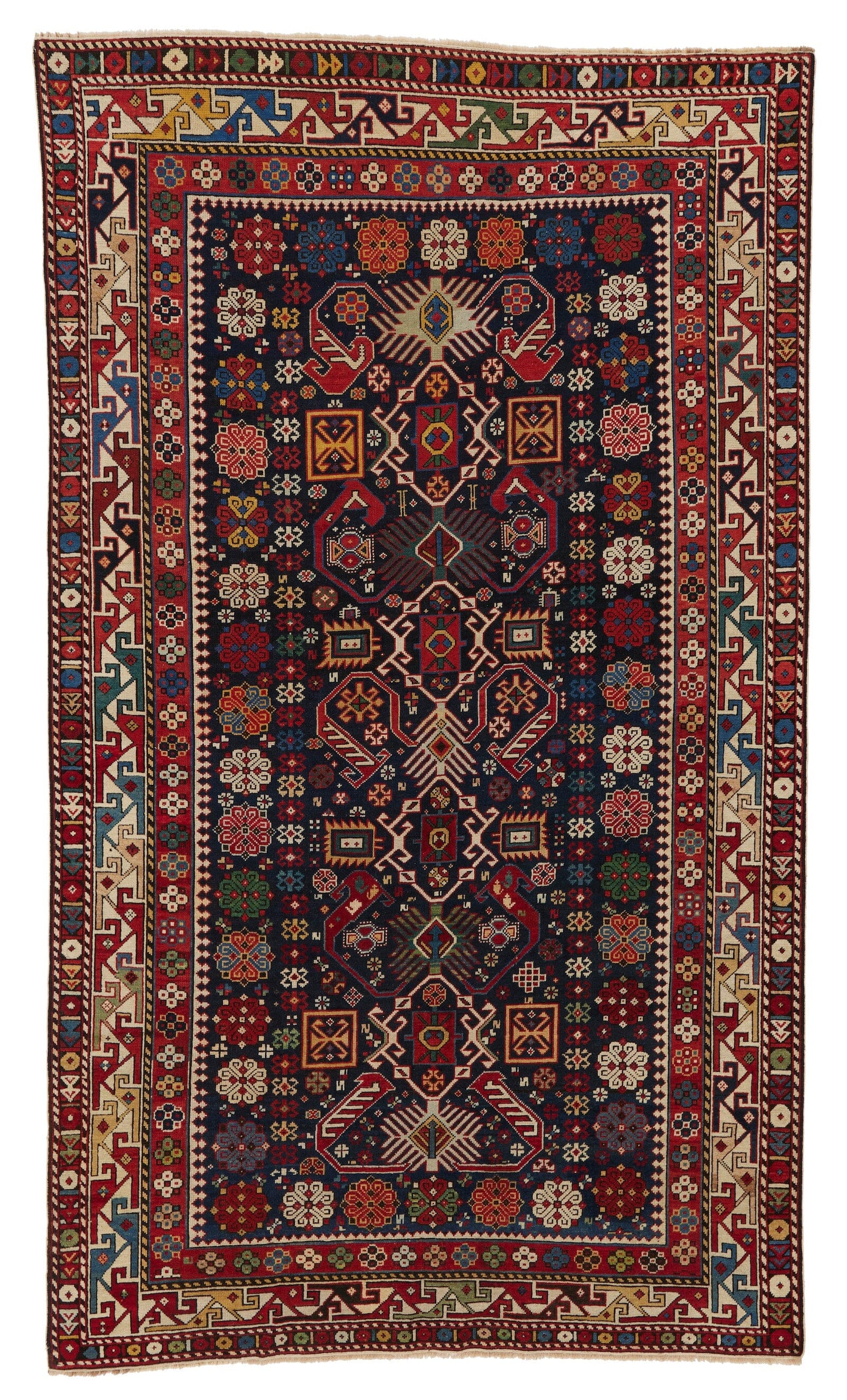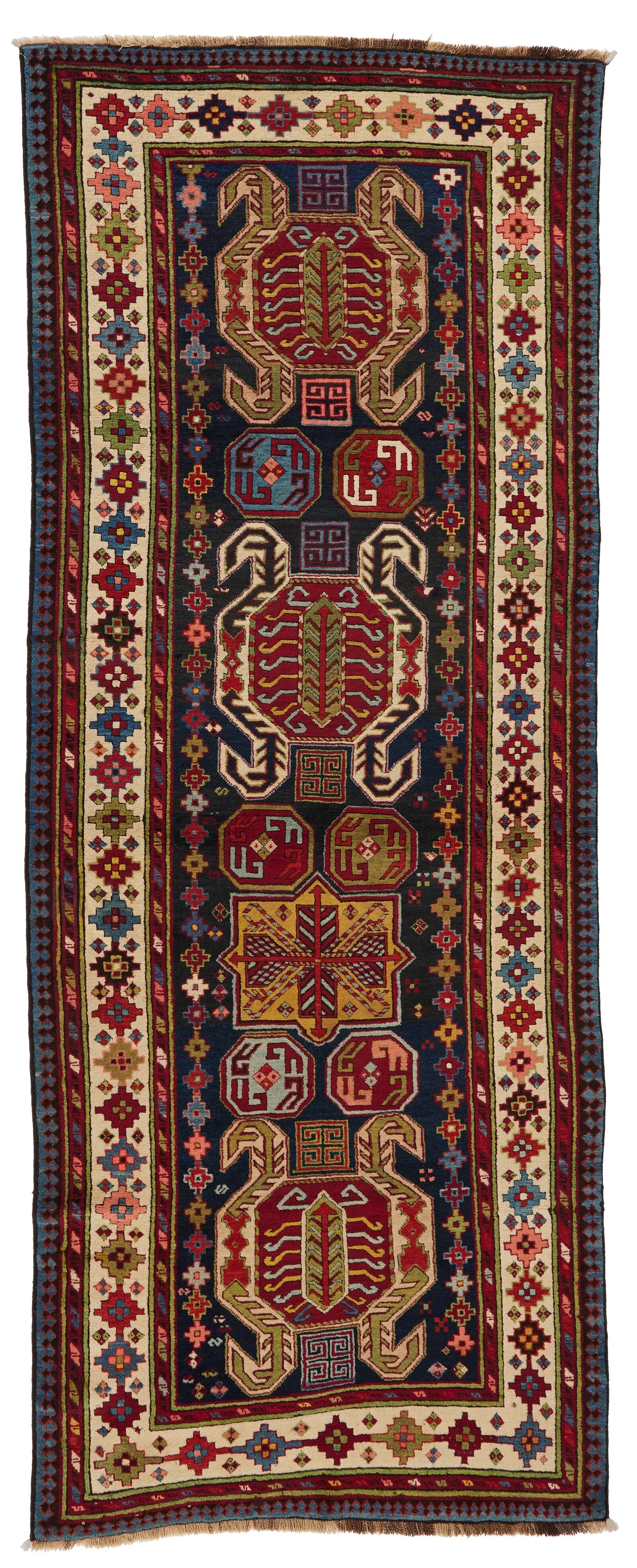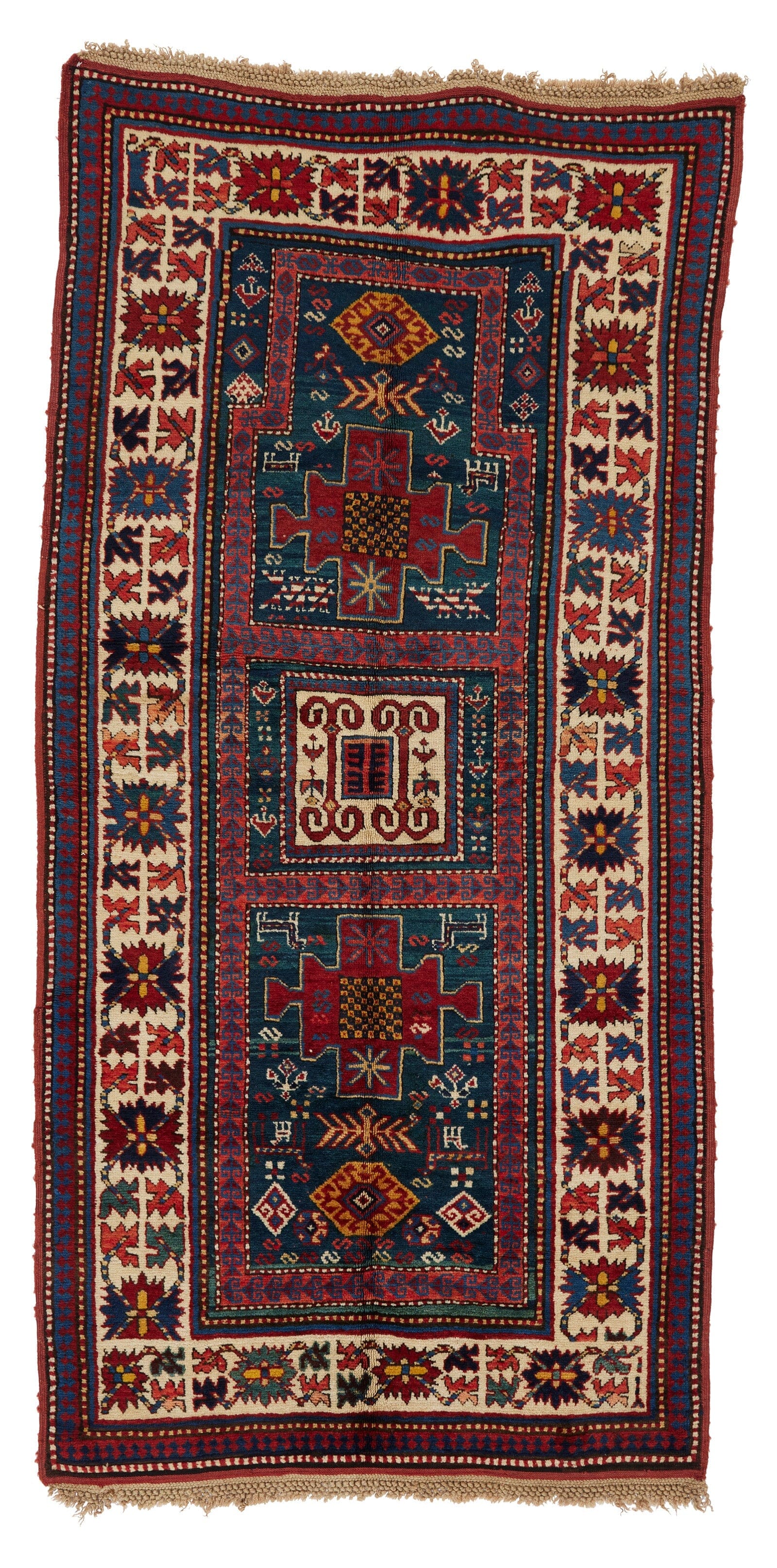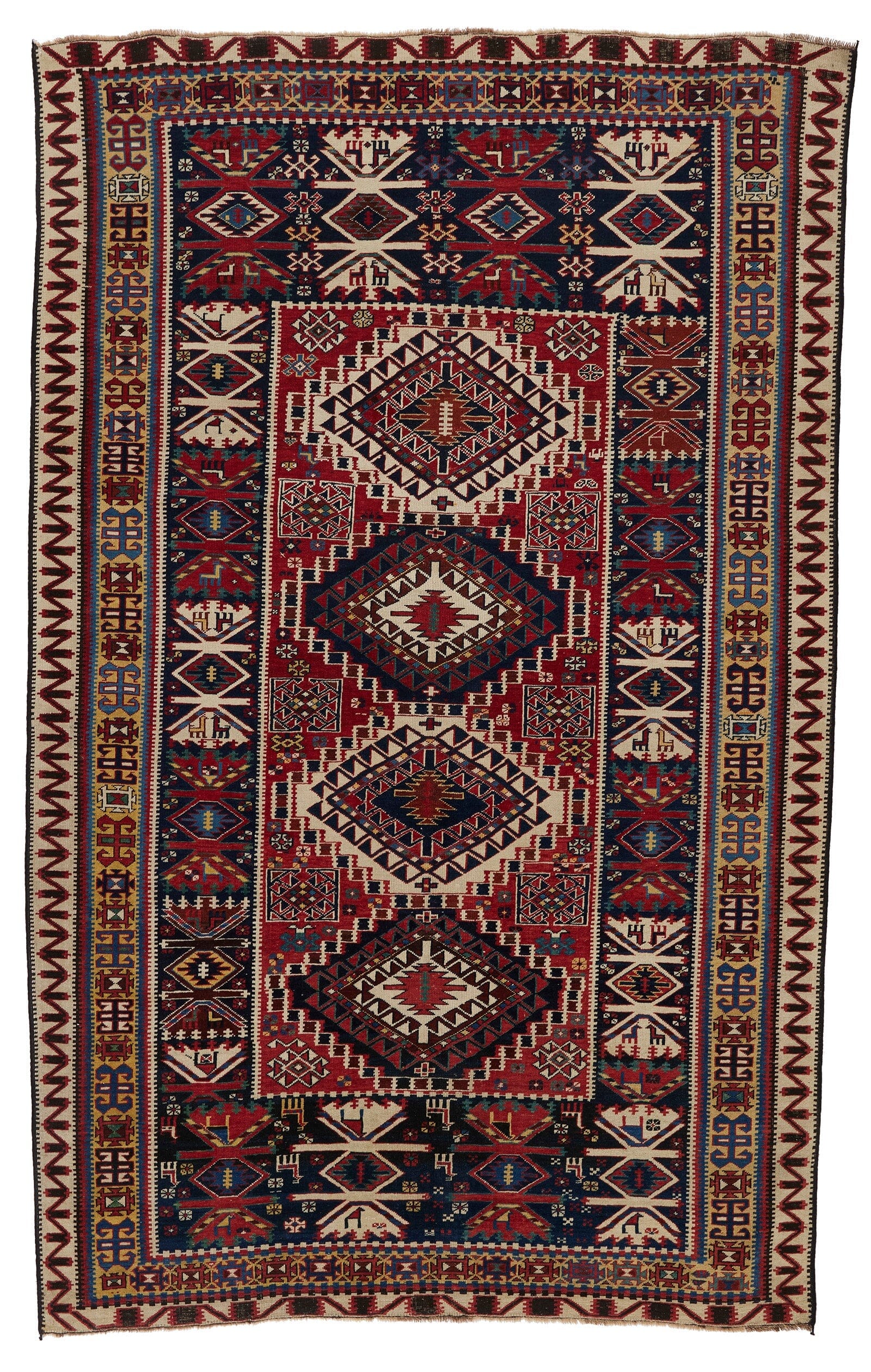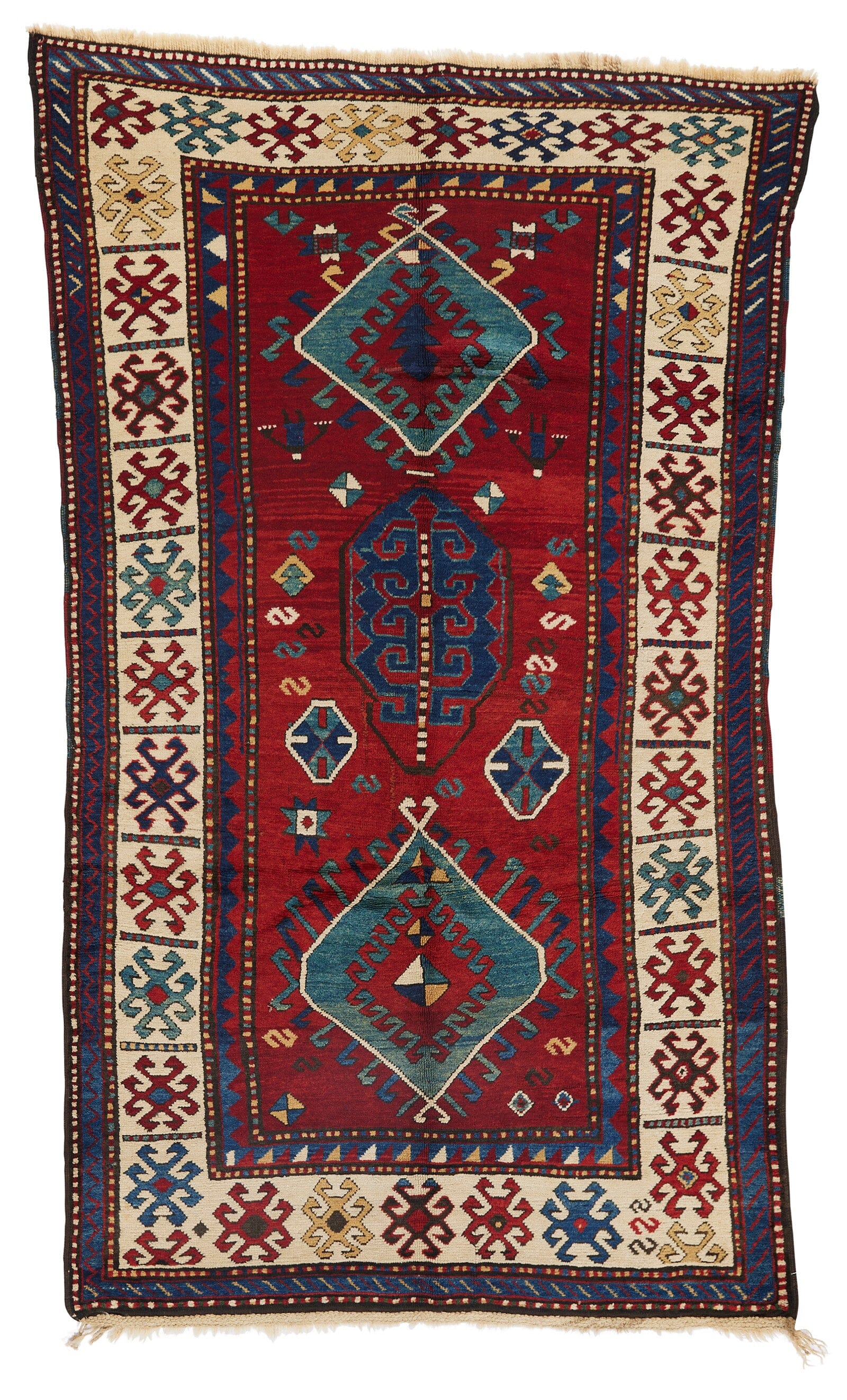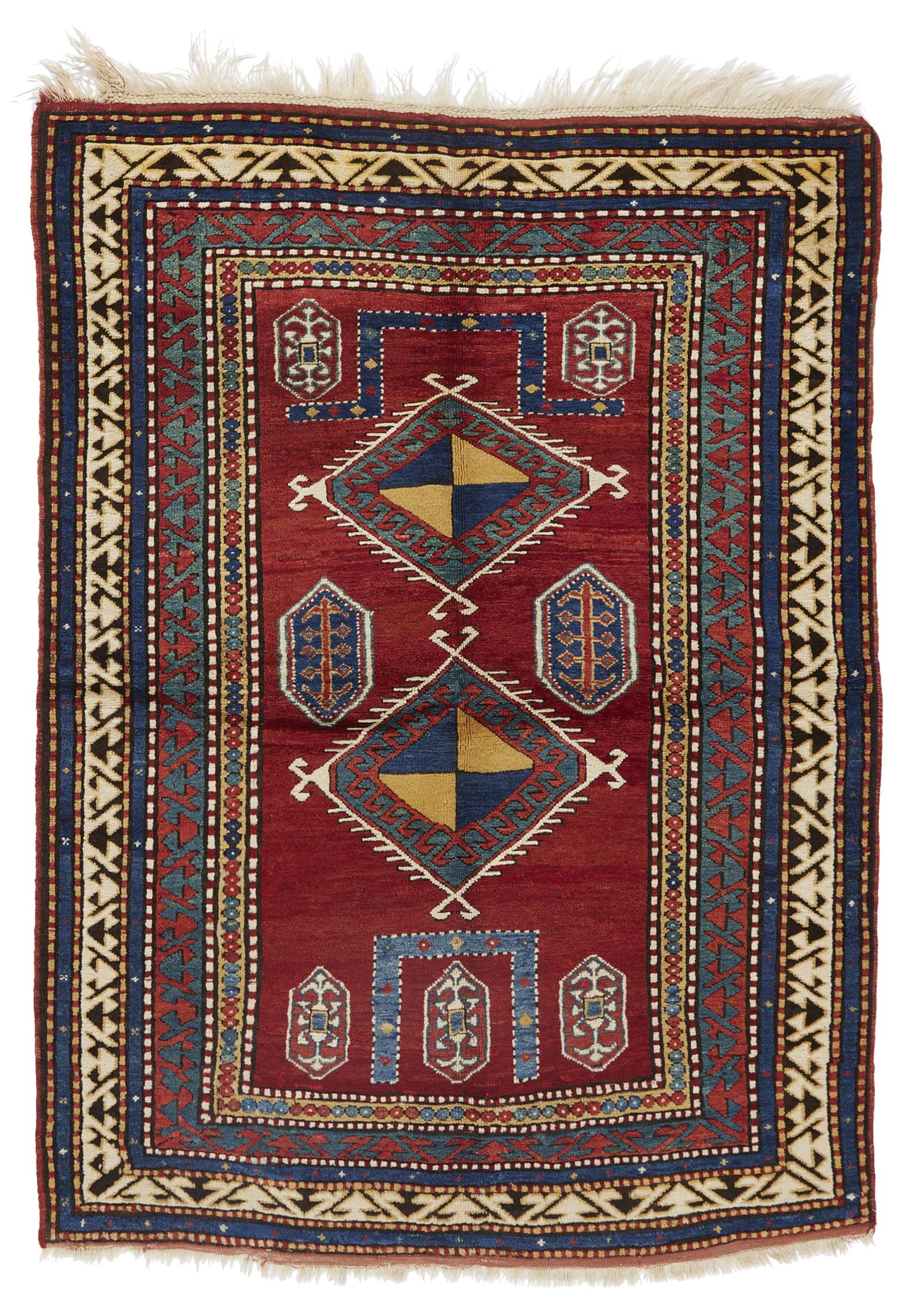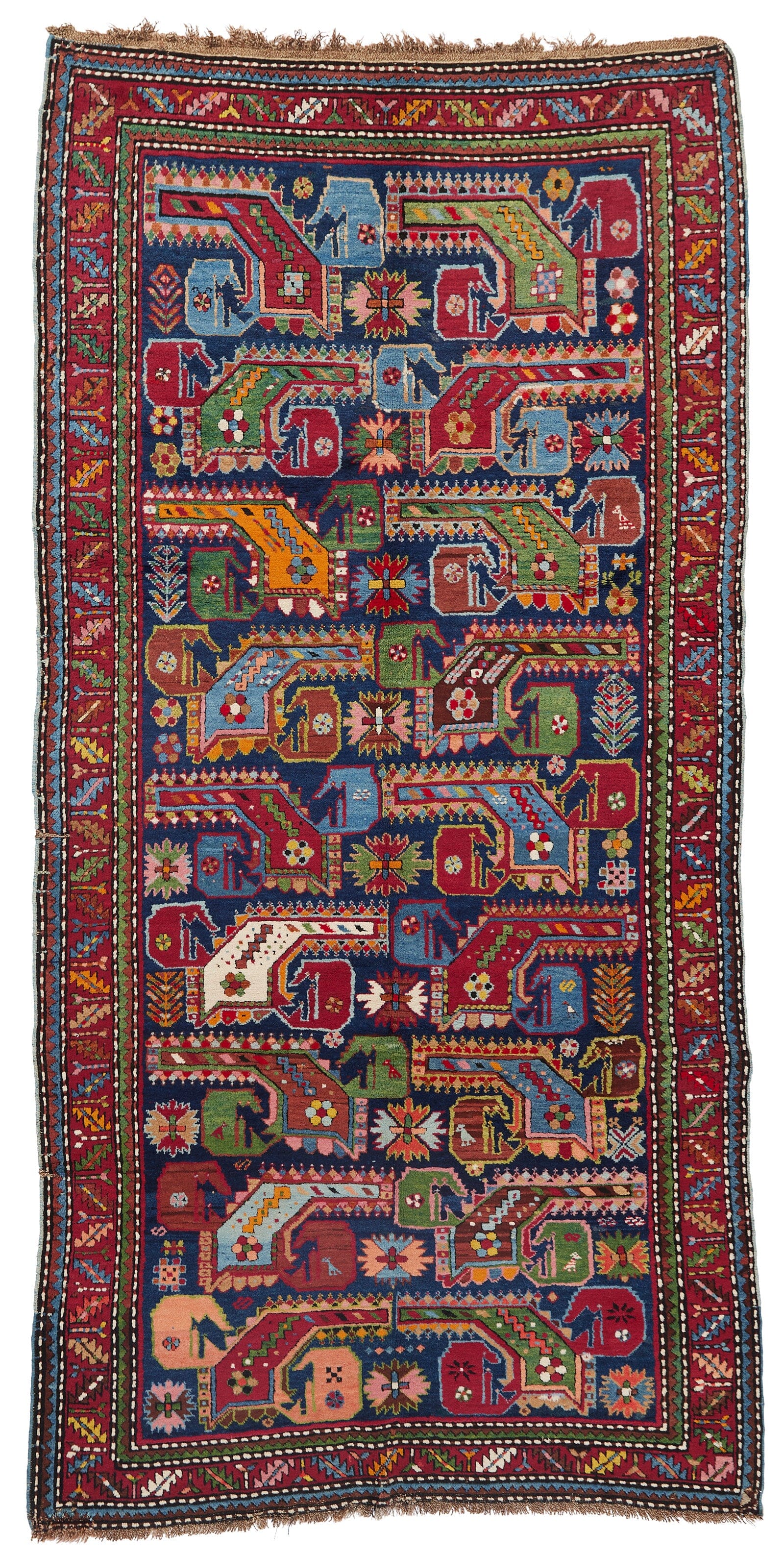For over 30 years, I (James) have seized the opportunity to find and purchase truly wonderful and surprising antique rugs. They include Kazaks, Lori’s, Karabagh, Shirvan’s, Seychour, Hamadan, Belouch or Bakhtiari, the Heriz, plus intriguing and peculiar finds from all over the weaving world.
I can’t explain it, but the examples I can procure tend to be truly exceptional and unusual. And fantastic! Wonderful handspun wool, great natural dyes, and that rarest quality of all: character—the intense, joyful spirit you find in products woven by a person of great skill as a gift for those they cherish most.
These wonderful heirlooms were treated with obvious care by their owners for years, so by and large, our antiques are in excellent condition with minimal or no repairs. What a joy to find them, buy them, and own them. So, with a touch of melancholy at their passing from our warehouse, we set to the business of finding loving homes for great carpets.
Antique Rugs
Antique rugs, it’s commonly agreed, are rugs over 100 years old. Some experts prefer to draw the line at 85. Others use the term semi-antique or vintage. This part of our showroom includes old rugs, both used and unused, and rugs with a demonstrated history and age. Age isn't a precise science. It’s based on professional experience and judgment.
Armenian Rugs
One of the side benefits of my intense involvement in Armenia since its independence in 1991 has been the opportunity to find and buy wonderful Armenian carpets. Our antique Armenian rugs represent the ancient craft, folkloric imagery, and traditional designs integral to Armenian carpet weaving. Among these wonderful carpets are the Karabagh and Kazak—two Armenian rug categories prized throughout the world.
Karabagh Rugs
The rare antique Karabagh rugs which survive in good condition are typically products of the 19thcentury and of the predominantly Armenian culture of the Nagorno-Karabagh region of the south Caucasus—called Artsakh throughout recorded history by its indigenous Armenian population.
Karabagh rug designs may be powerful and geometric, as in the famed Chelaberd (Eagle) and Khndzoresk (Dragon) carpets, or more floral, exhibiting Persian influence on the region. However, most contain rich symbolism that evolved from the long history of Armenian carpet weaving. Combining the unique wool, natural dyes, and hand processes resulted in captivating slight color variations throughout the carpet that are much valued and artistically important.
One can consider the bold colors and striking geometric designs of antique Karabagh rugs as precursors to the modern art familiar to all of us; it shouldn't be surprising to find that they decorate beautifully with it, providing a visual connection and interaction between art on the wall and art on the floor.
Kazak Rugs
The rare antique Kazak rugs are characterized by robust and evocative geometric designs typified by the astounding Karachopf, in almost square format, the Sevan shield or cross, and the imposing medallions of the Lori Pambak—for the weavers, the carpets had great significance.
The Kazak rug colors are equally striking and intensify the effect of the designs, with vibrant reds and yellows, shocking blues and greens, and a range of neutrals which all end up in brilliant harmony. Their level of individuality and artistic achievement matches that of great contemporary art yet springs from the deeply rooted culture of the Caucasian Armenians who produced them. Antique Kazak rugs transcend design trends and can uplift the full range of interior styles, from traditional to transitional to contemporary.
Tibetan Rugs
The cultural output of Tibetan society is extraordinarily esoteric, and stands apart from that of any other culture of the world. That it is fast-disappearing makes it all the more precious. Since Tibet was for centuries a Buddhist theocratic state, religion was central to life there. It is not surprising that antique Tibetan rugs are physical manifestations of Tibetan culture, traditions, and religious themes.
Much of historic Tibetan rug weaving was done to create colorful and comfortable carpets to sleep on, to warm the walls of homes in the cold Tibetan winters, and for decorative and ceremonial coverings for horses and Yaks. Our antique Tibetan rugs are made from Tibetan sheep’s wool which was hand-carded and hand spun. The foundations of the carpets are typically also of wool, though occasionally cotton is used.
These cultural relics of Tibet have found their way into the hands of collectors in the west who cherish the connection they bring to this remote, faraway, and mysterious land. Many also feel motivated and satisfied to be contributing to the preservation of Tibetan culture through their acquisitions, and to have the opportunity to live together with them and experience their gentle spiritual presence in their homes.
Oushak Rugs
Oushak rugs, also known as Ushak rugs, have a rich history dating back several centuries in Western Anatolia. Oushak rugs reached the height of their popularity during the 16th and 17th centuries. They were highly sought after by European nobility, including royalty and aristocrats.
The distinctive features of Oushak rugs include their large size, soft color palettes, lustrous, silky pile, and characteristic open design, with spacious patterns and gentle curves. The colors often include soft tones of beige, ivory, pale greens, and muted yellows.
Modern Oushak rugs are now primarily produced in India, using materials, designs, and colors bearingmany of the Antique Oushak’s desirable characteristics. These rugs decorate easily in modern environments.
Chinese Rugs
Our unique Chinese rug collection features Pao Tao, Peking, Mandarin, Ningxia, and Nichols reproductions—antique, one-of-a-kind rugs from the Art Deco period of the early 20th century. These rugs were created during this international design movement, focusing on bold colors, streamlined design, and abstract floral motifs.
Carpet production also moved into China during this period. The resulting combination of traditional Chinese motifs and modern color combinations quickly became a popular favorite.
Two of the most famous Art Deco rugs produced during this period were the Peking and Nichols, which comprise a majority of our collection of Chinese rugs. The rugs in this category represent a combination of excellent quality and outstanding condition.
Discover Antique Rugs
Each carpet in our antique rugs collection tells a story, and once in your home, it becomes a part of your story. Have you ever wondered how an heirloom is made? It’s done when artisans create handmade works of art and imbue them with memories.
We’ve meticulously cared for the carpets in our selection, and we can’t understate their value.
Browse our unparalleled collection of antique rugs and carpets, or connect with our rug ambassadors to learn more about these well-sourced pieces.
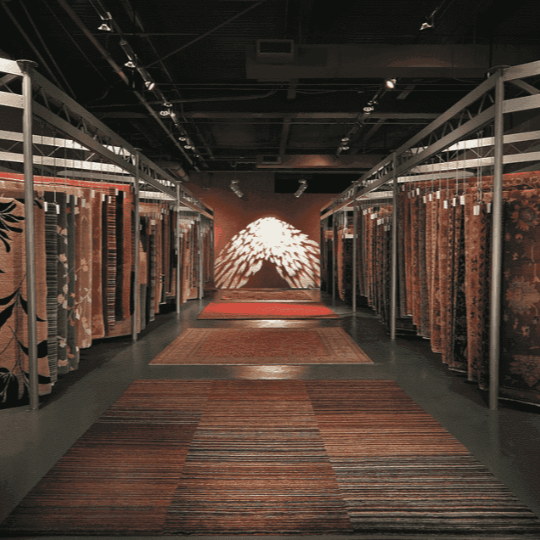
Take a Test Drive
Try out any rug available in our online store free in your home for seven days on a Tufenkian Test Drive. Outbound shipping is included!
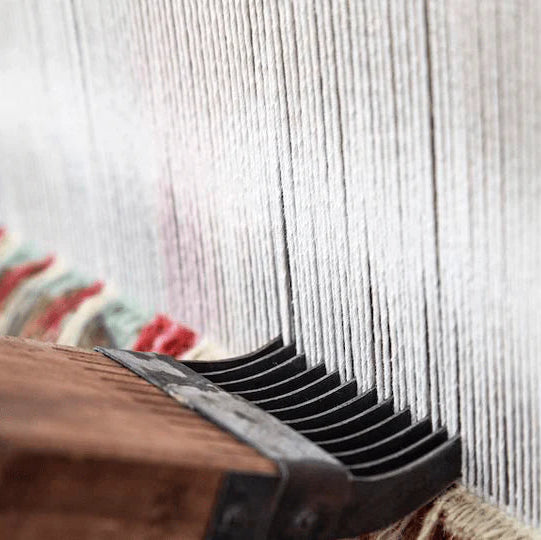
Value by Design
Made with the finest natural materials and craftmanship, destined to last a lifetime and become more beautiful with age, our modern designs are timeless to match our quality, not trendy and fleeting. This assures that they will be appreciated and valued for generations.


